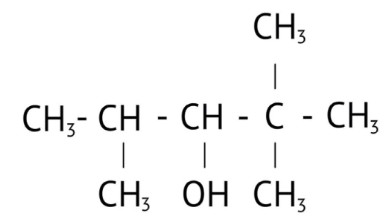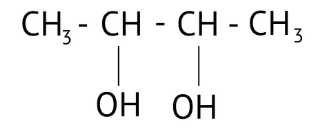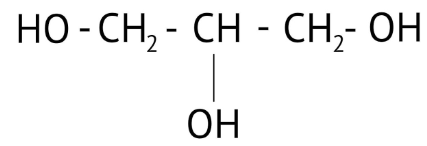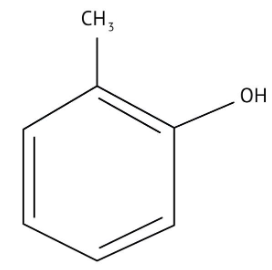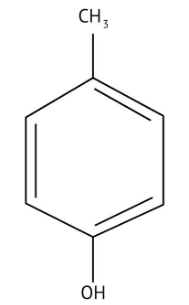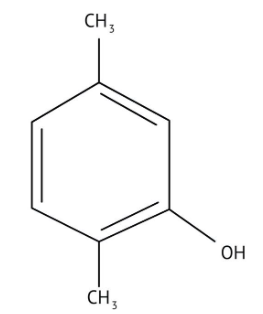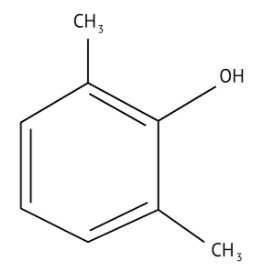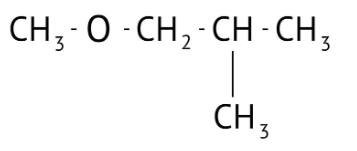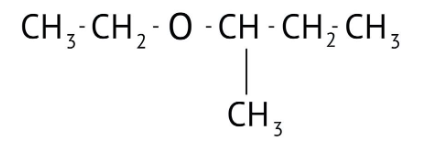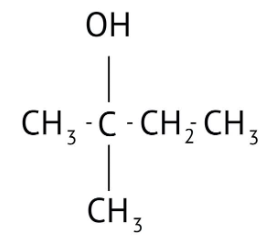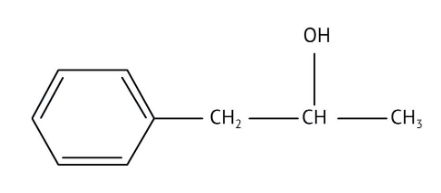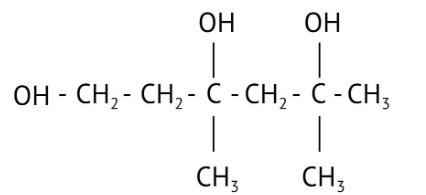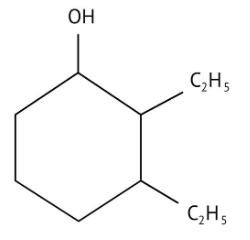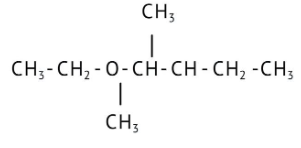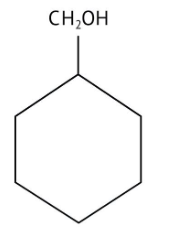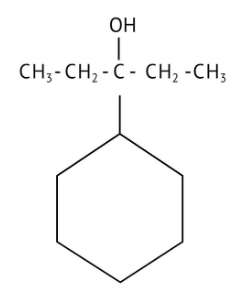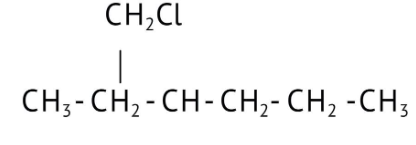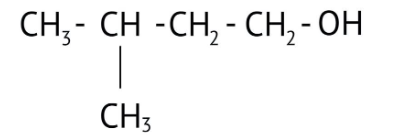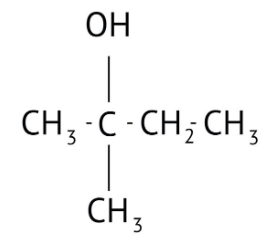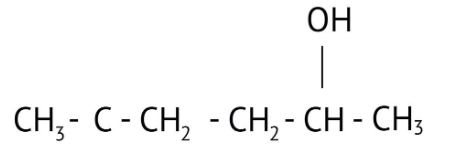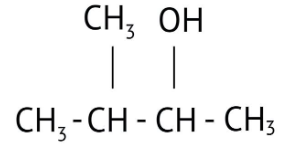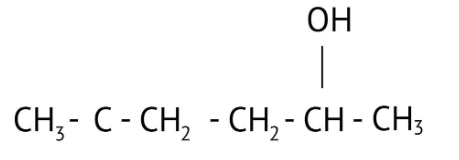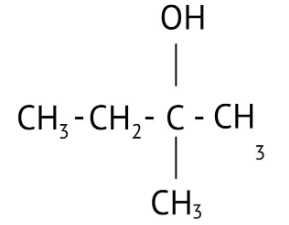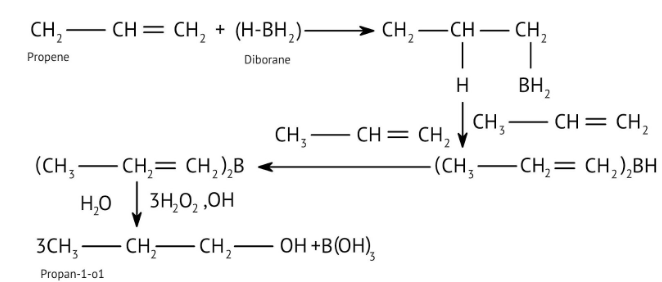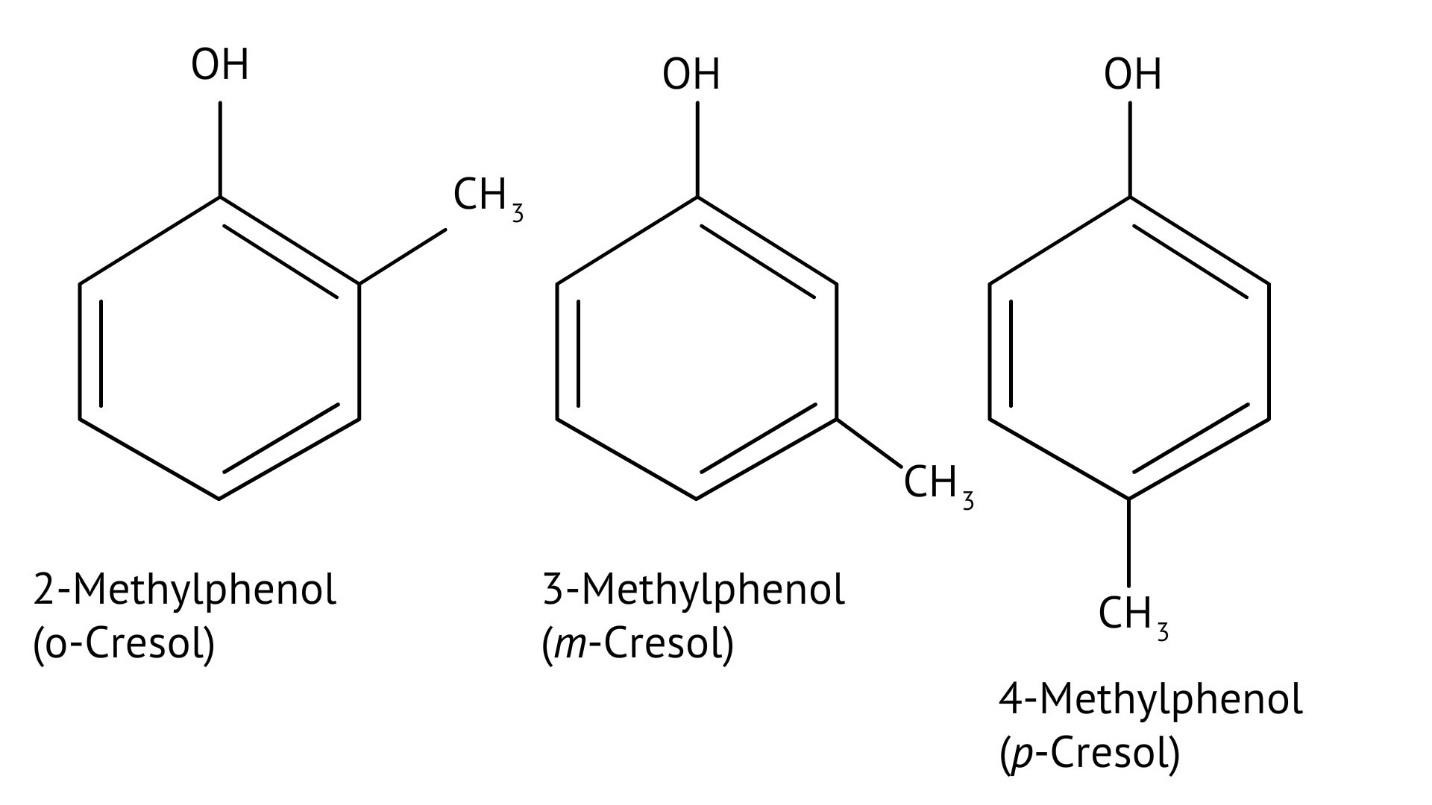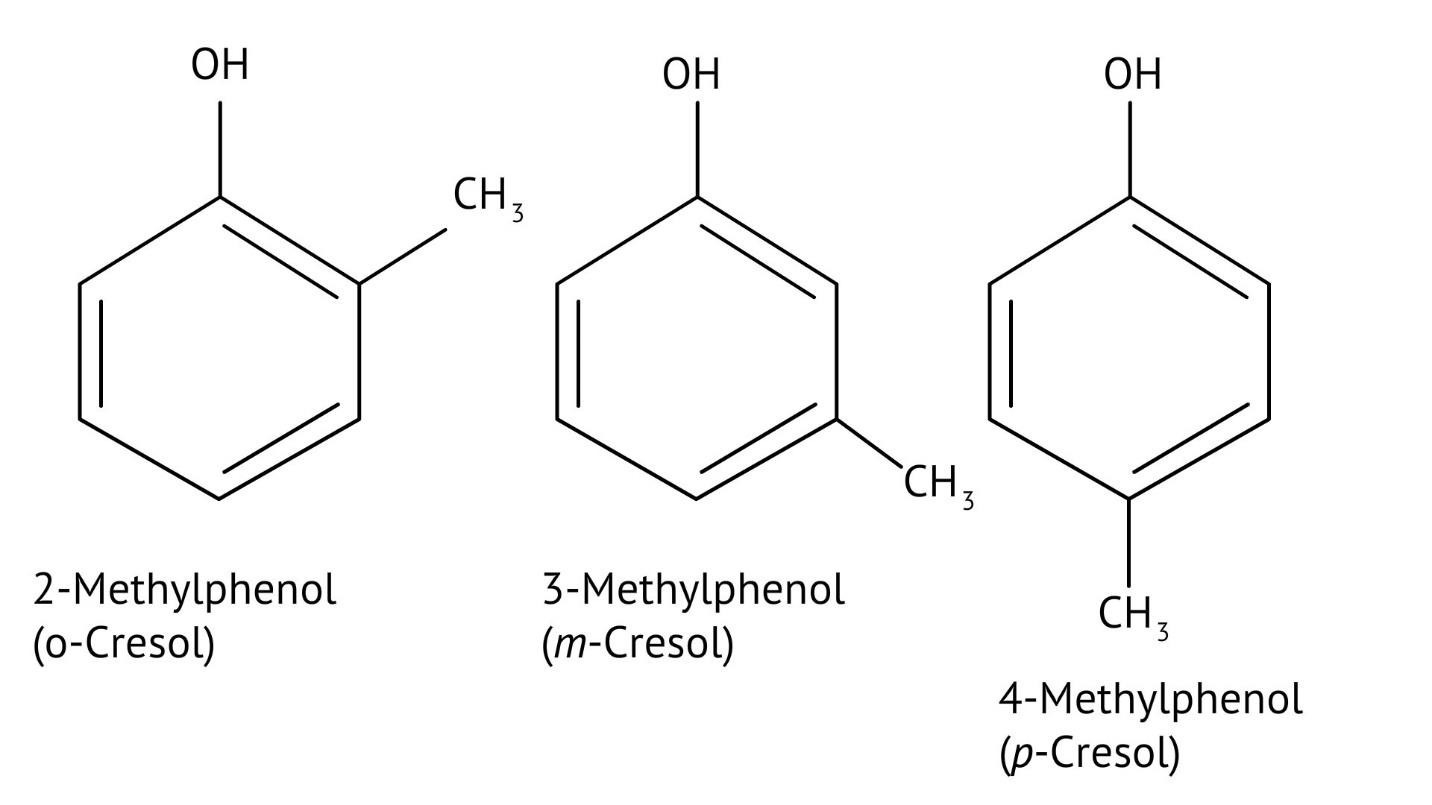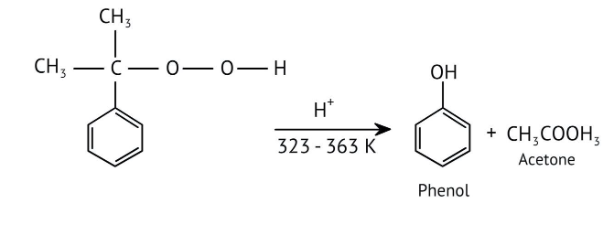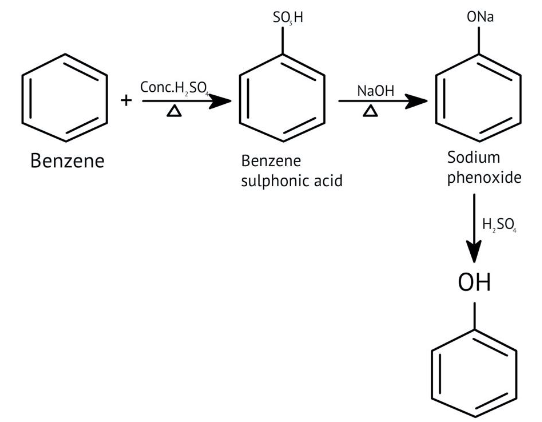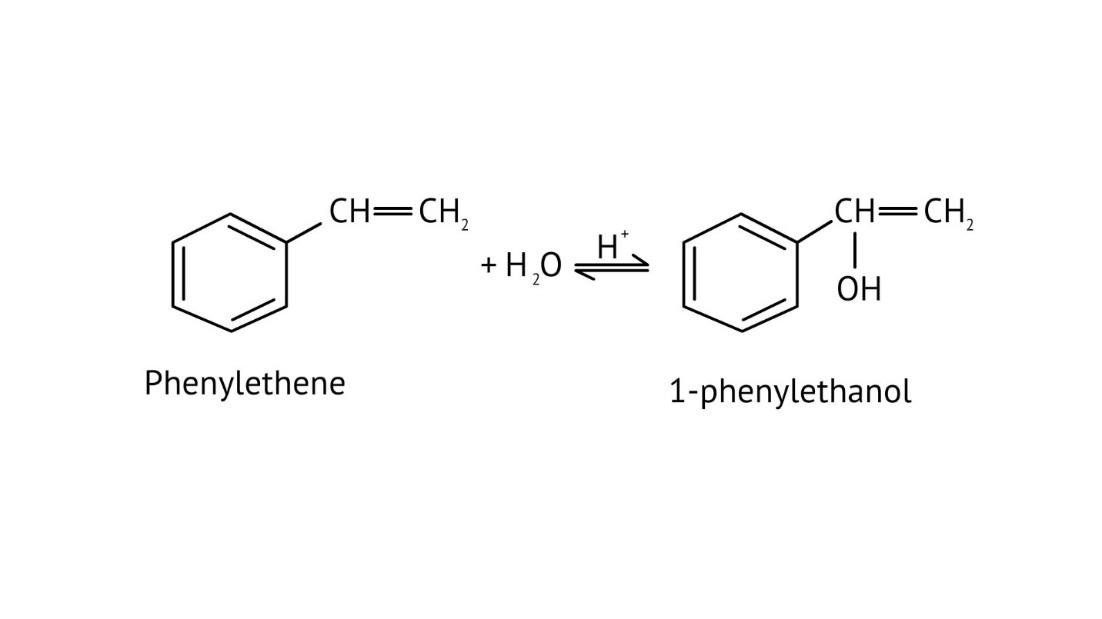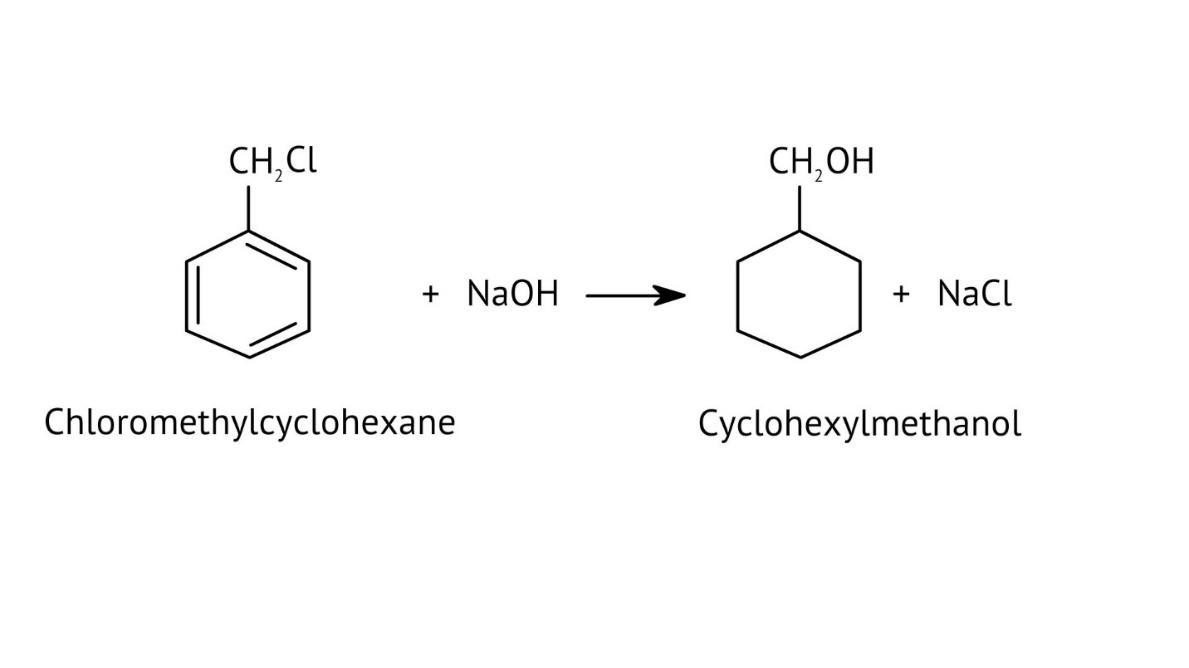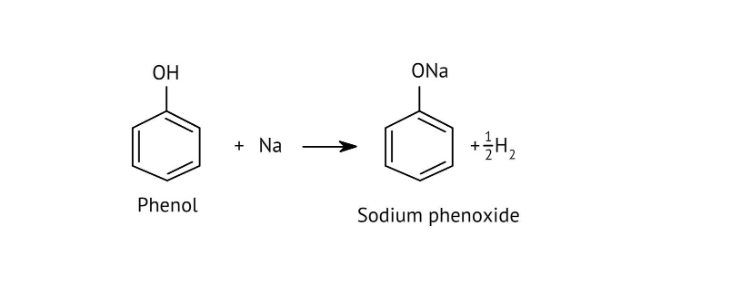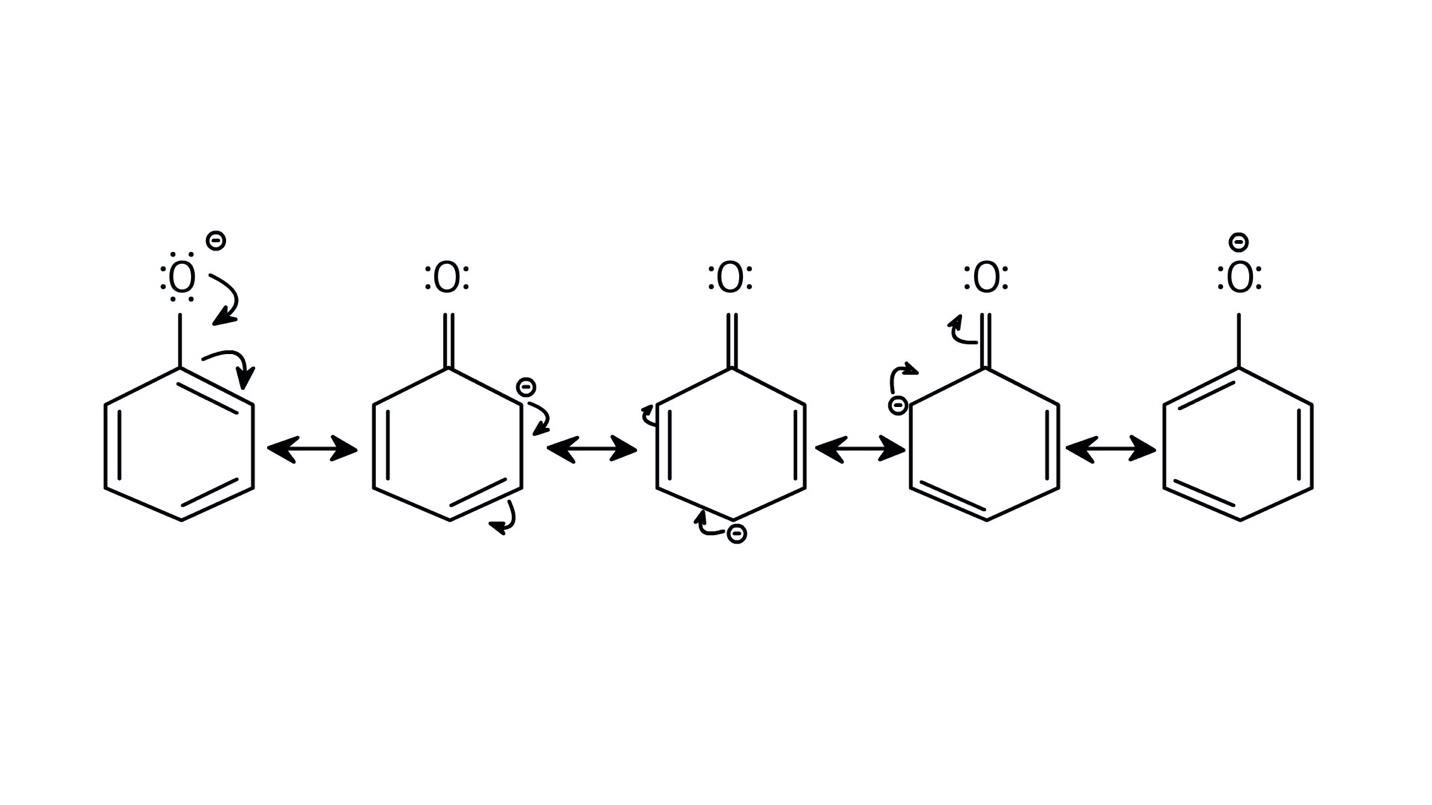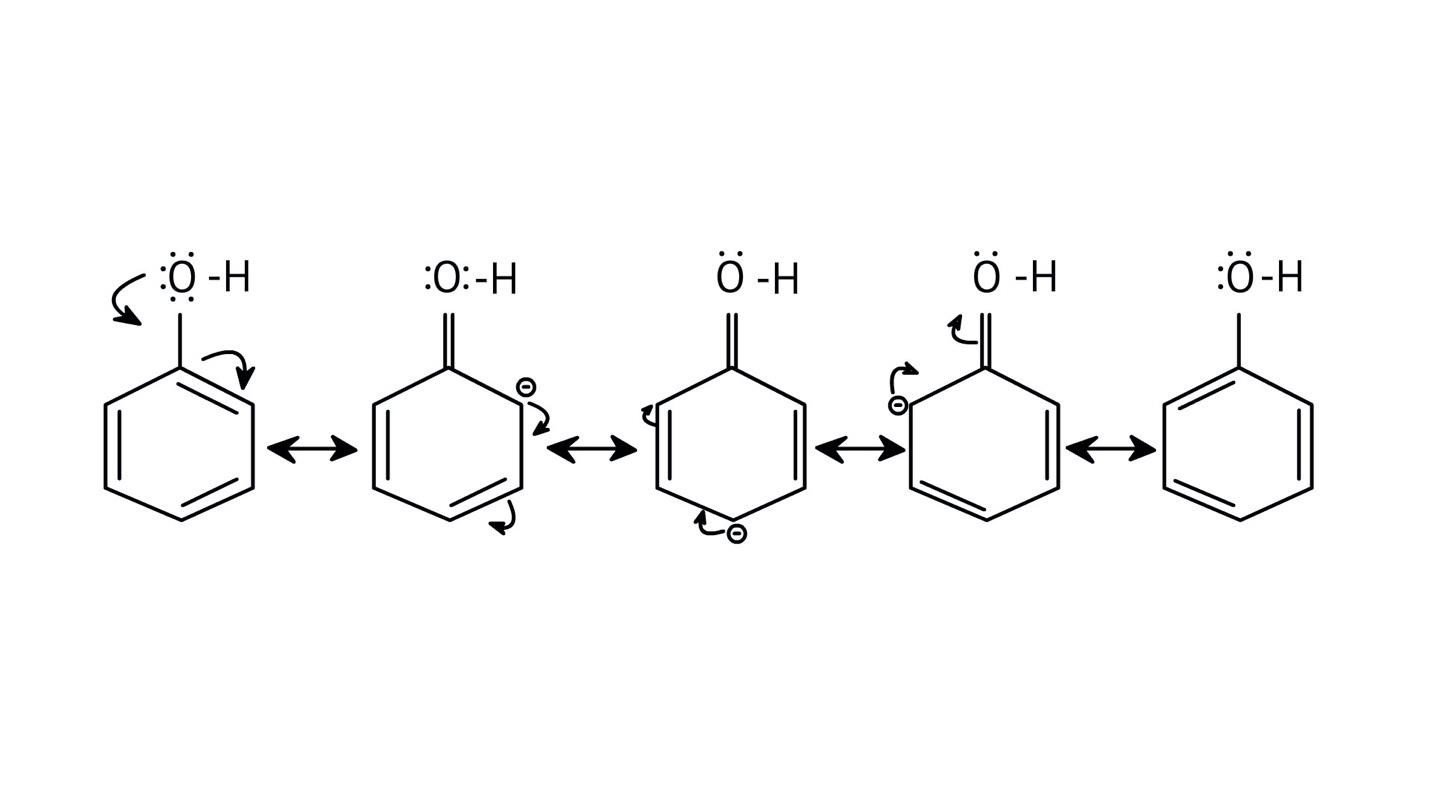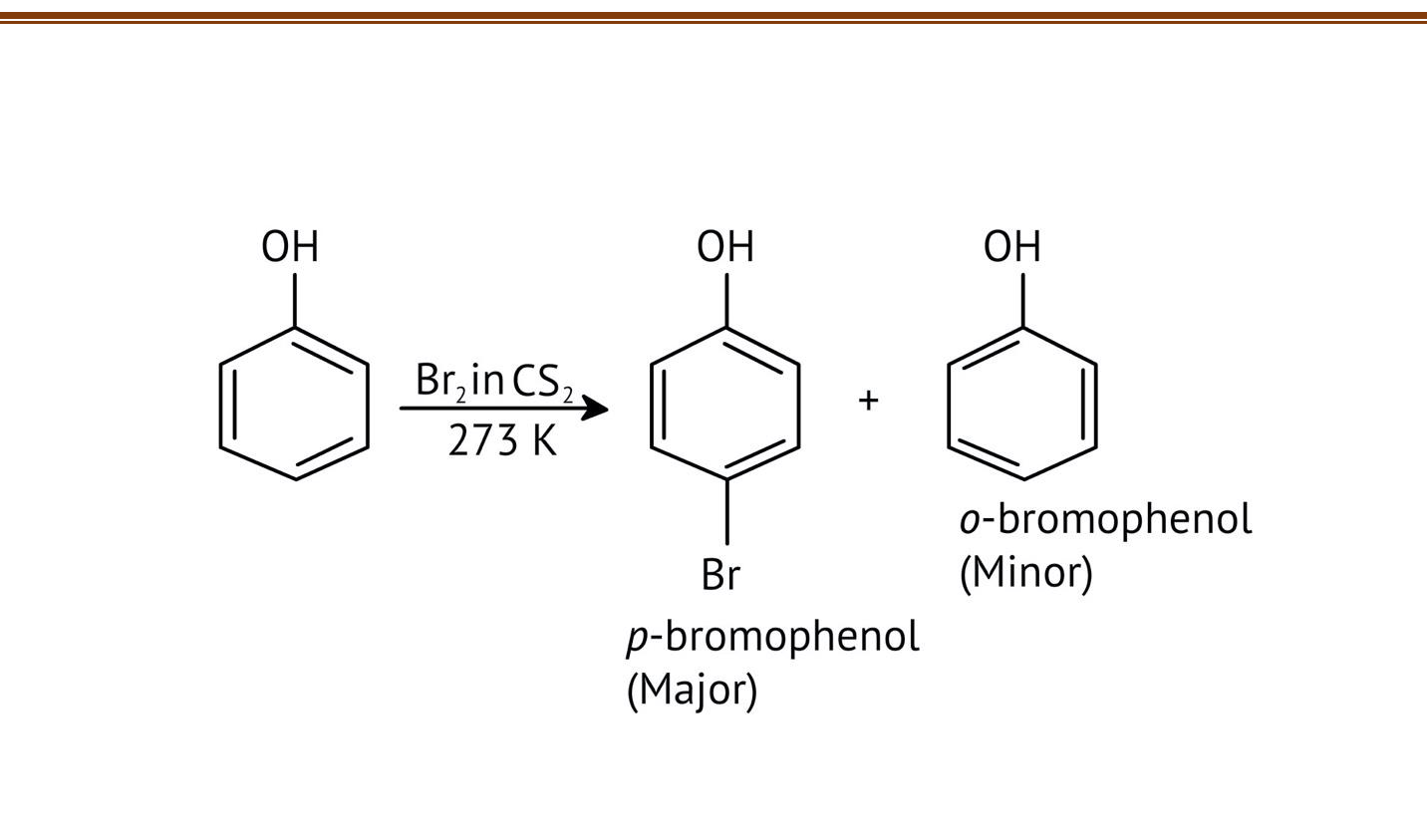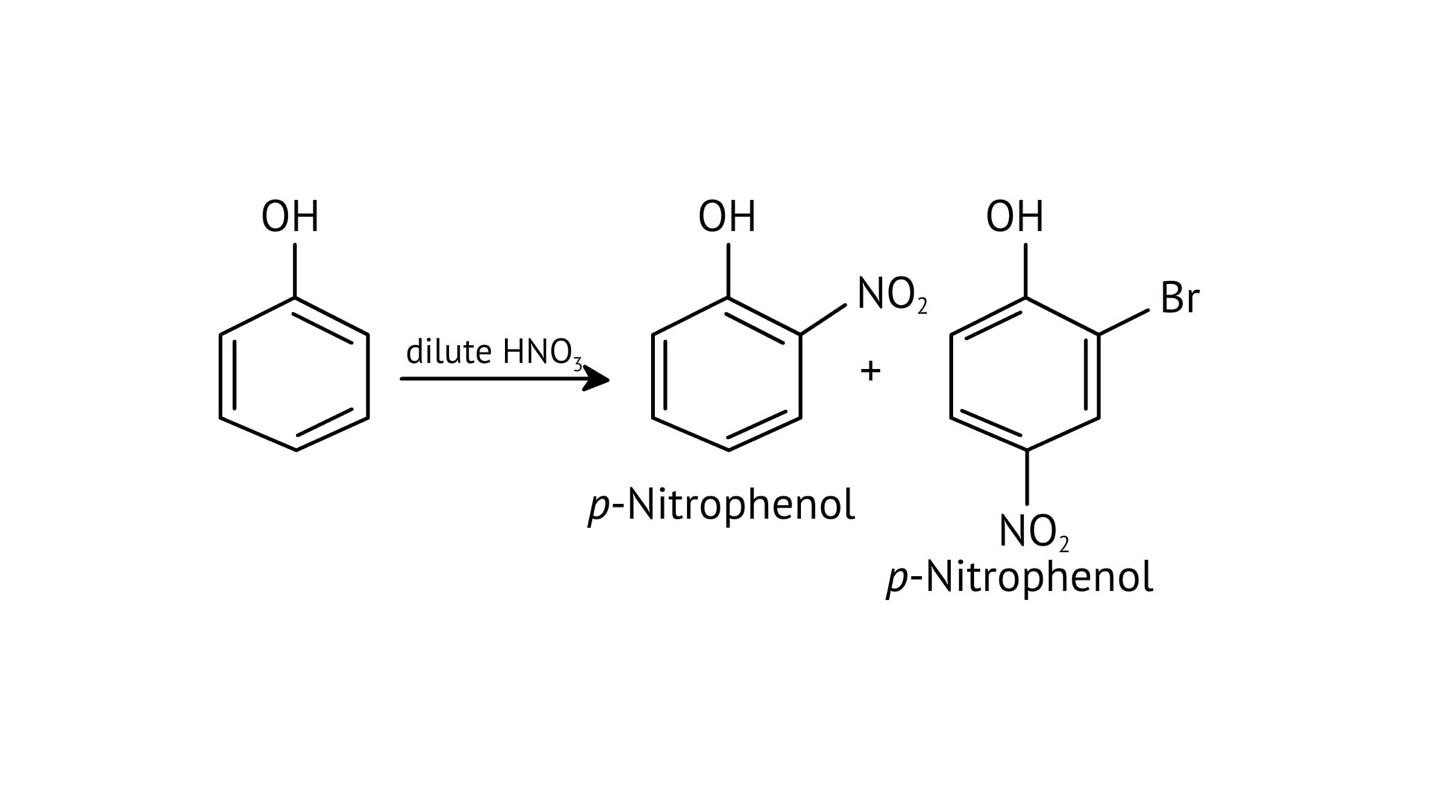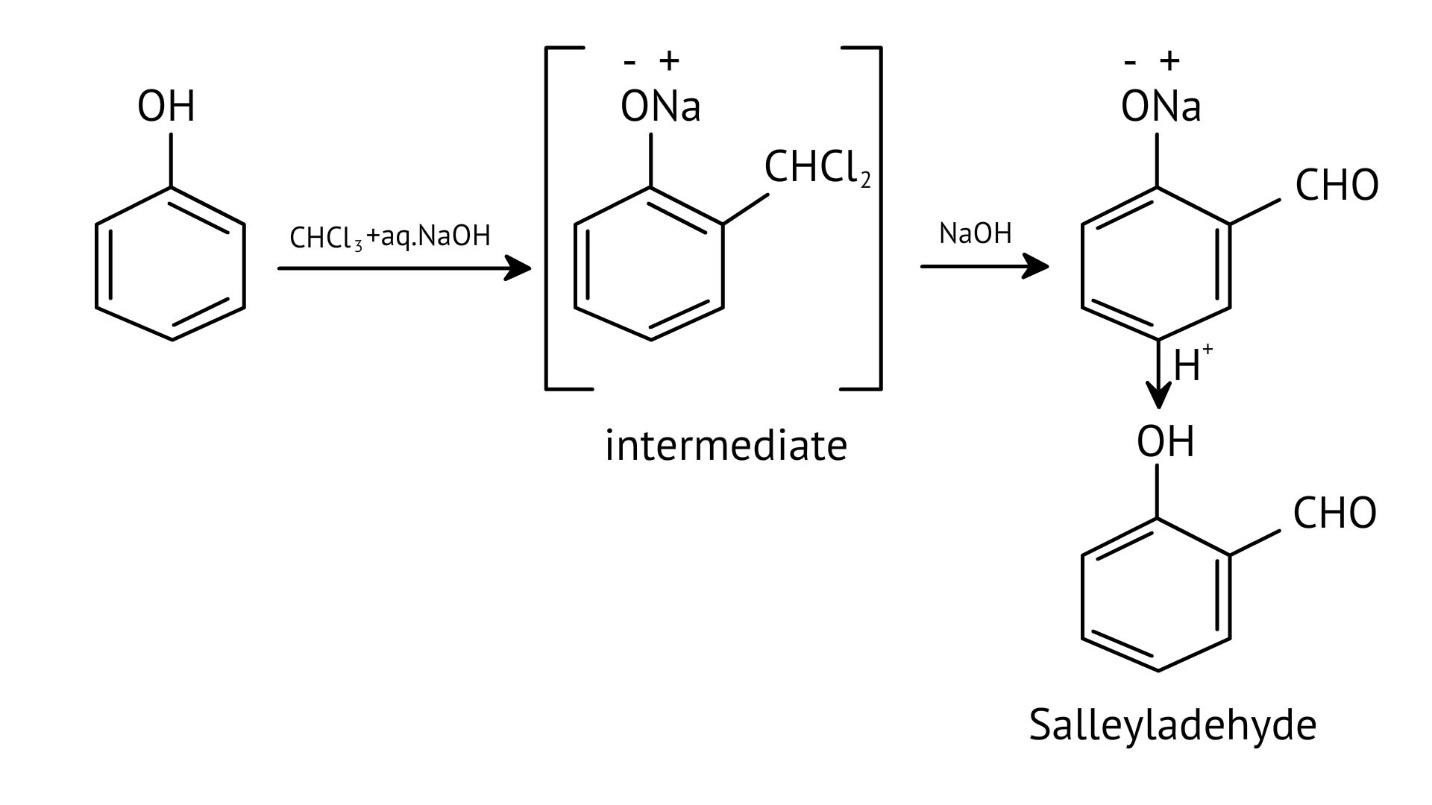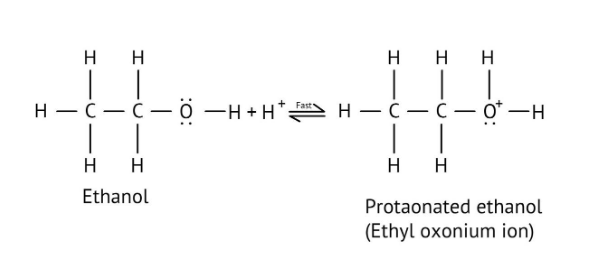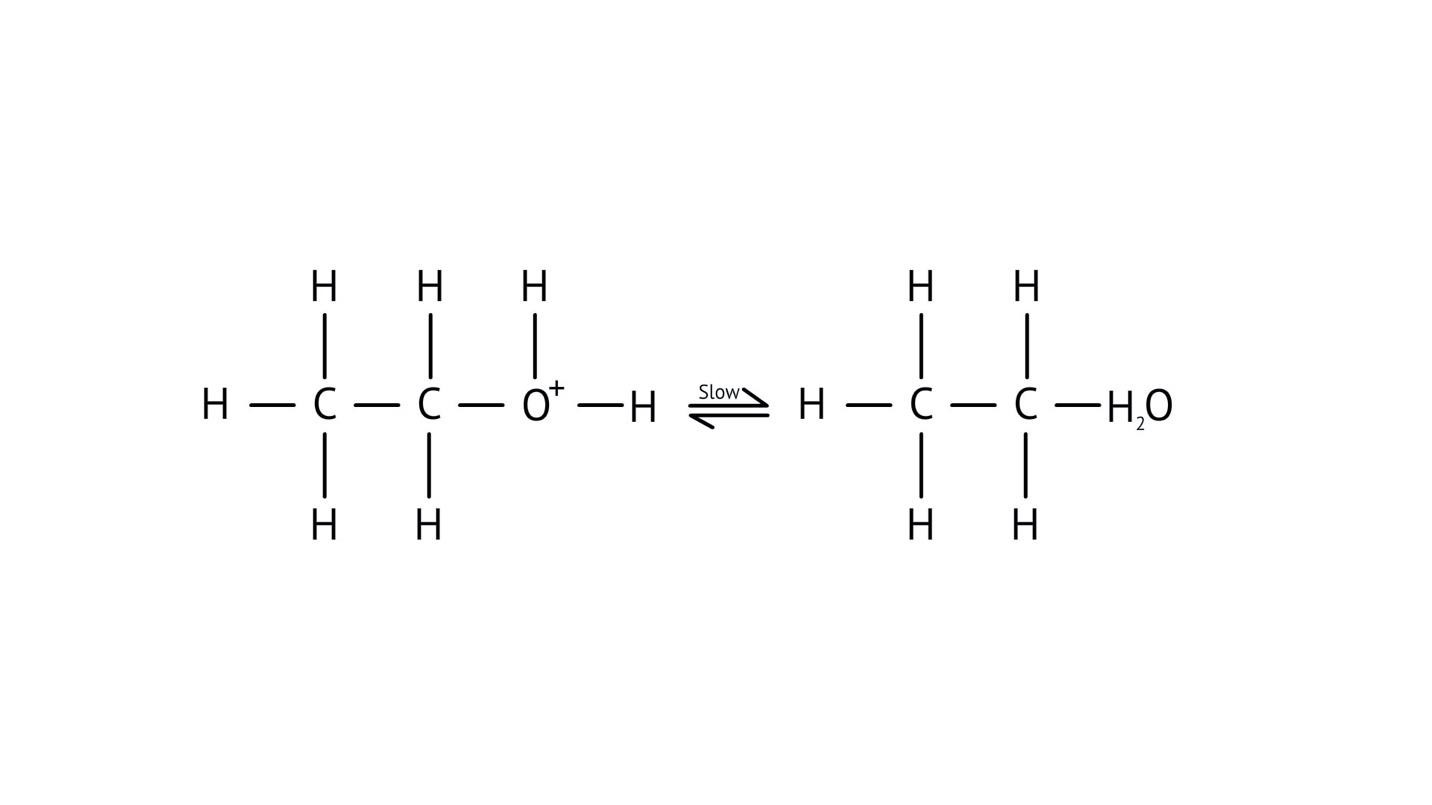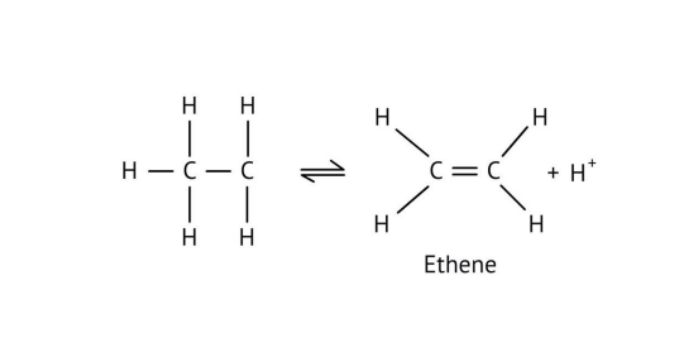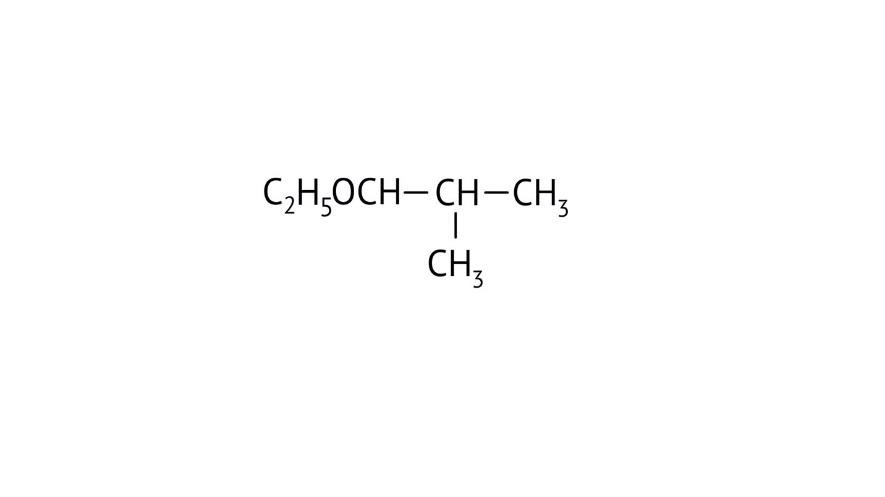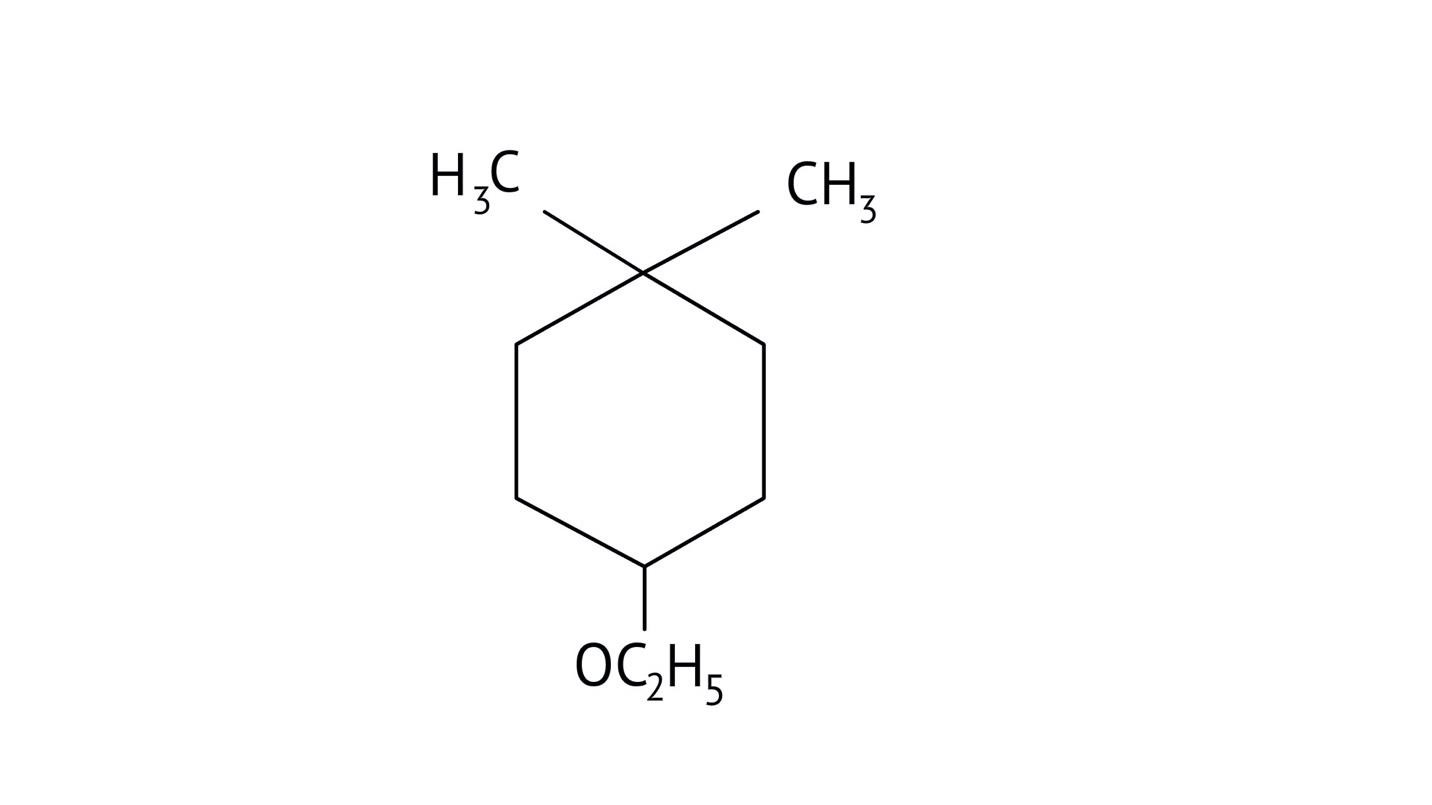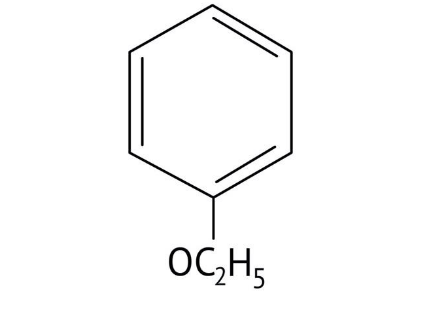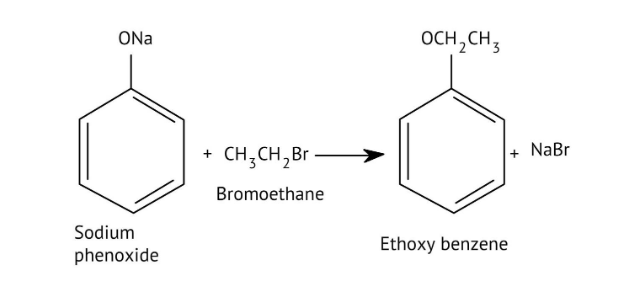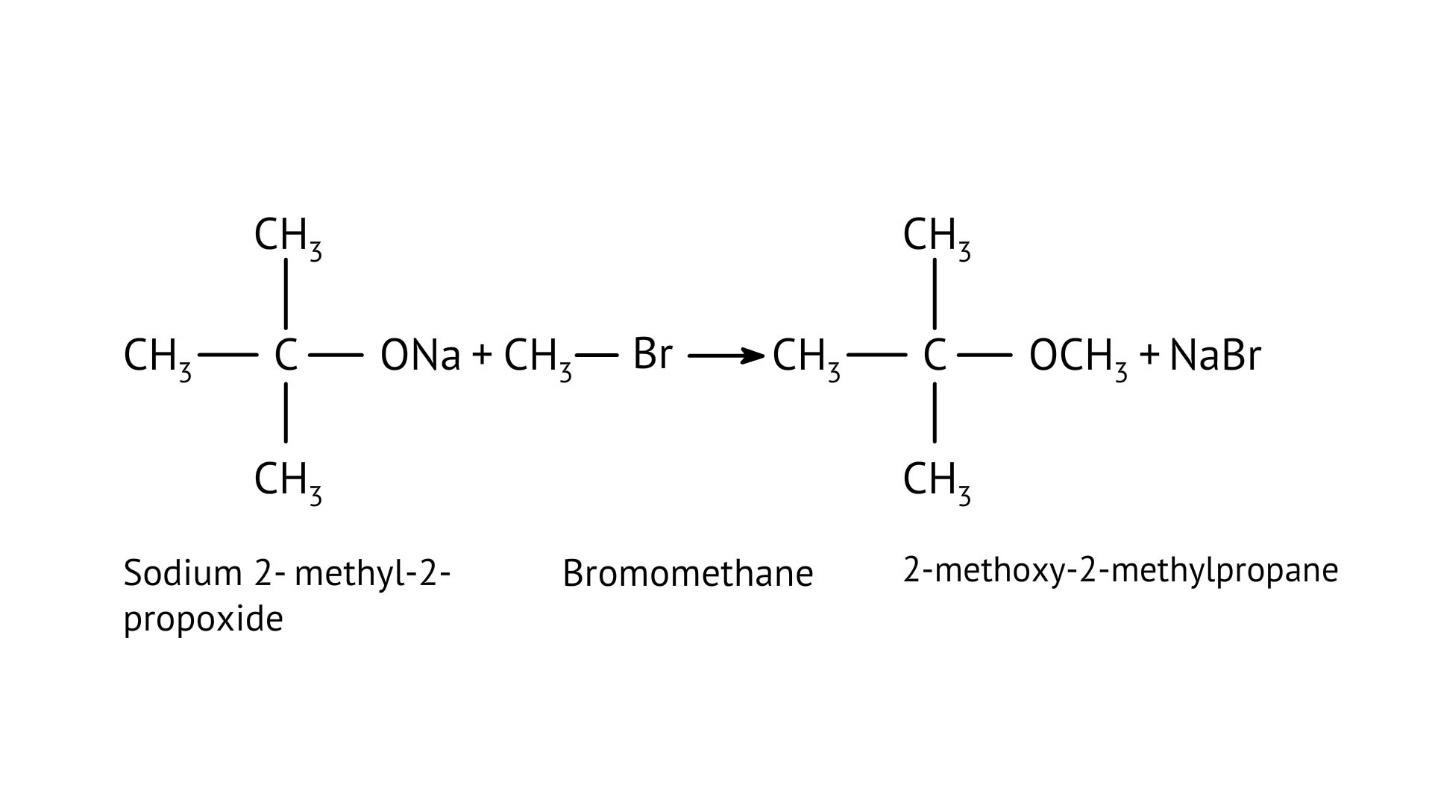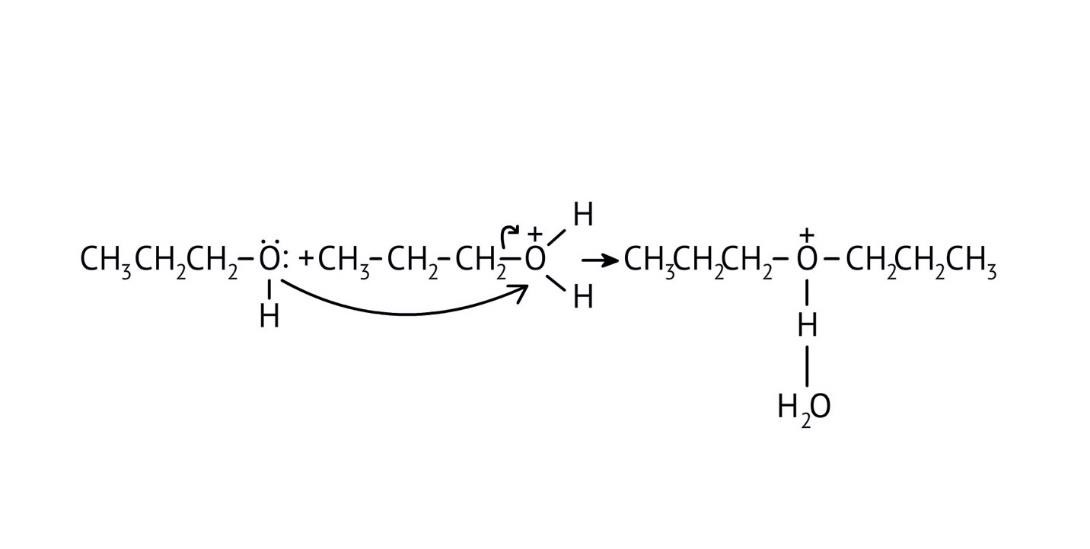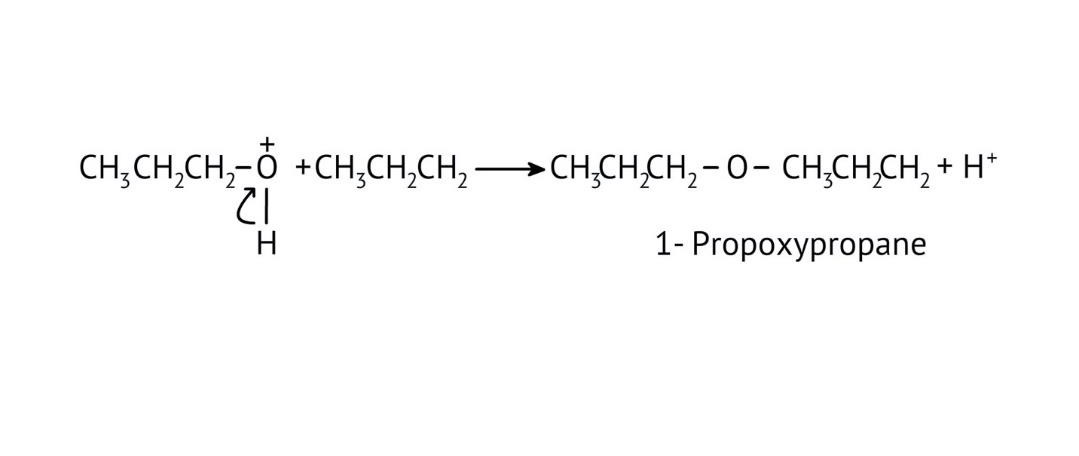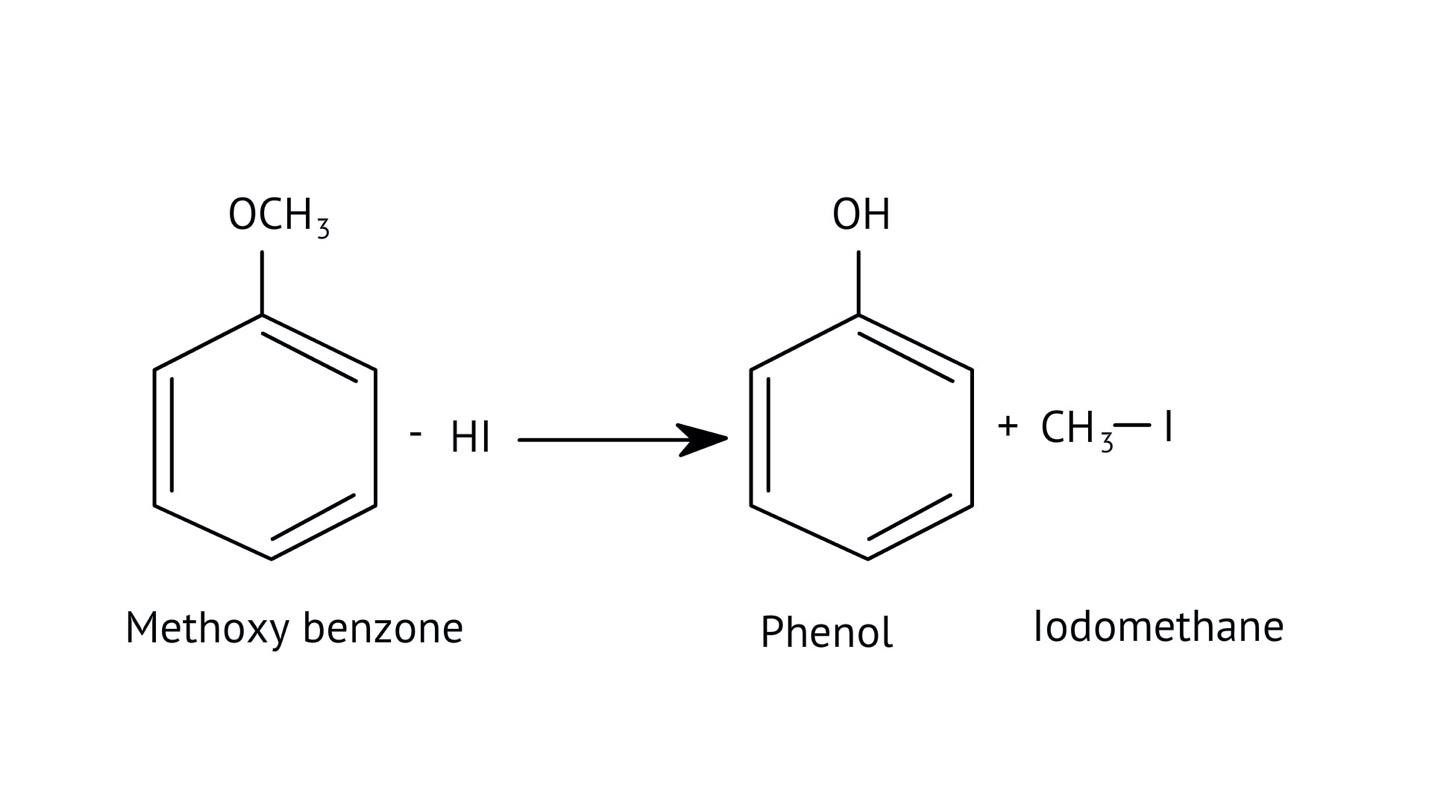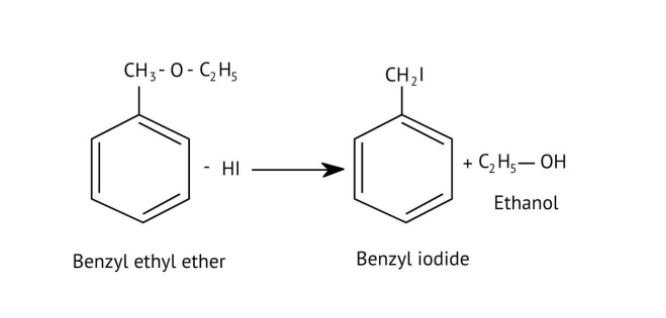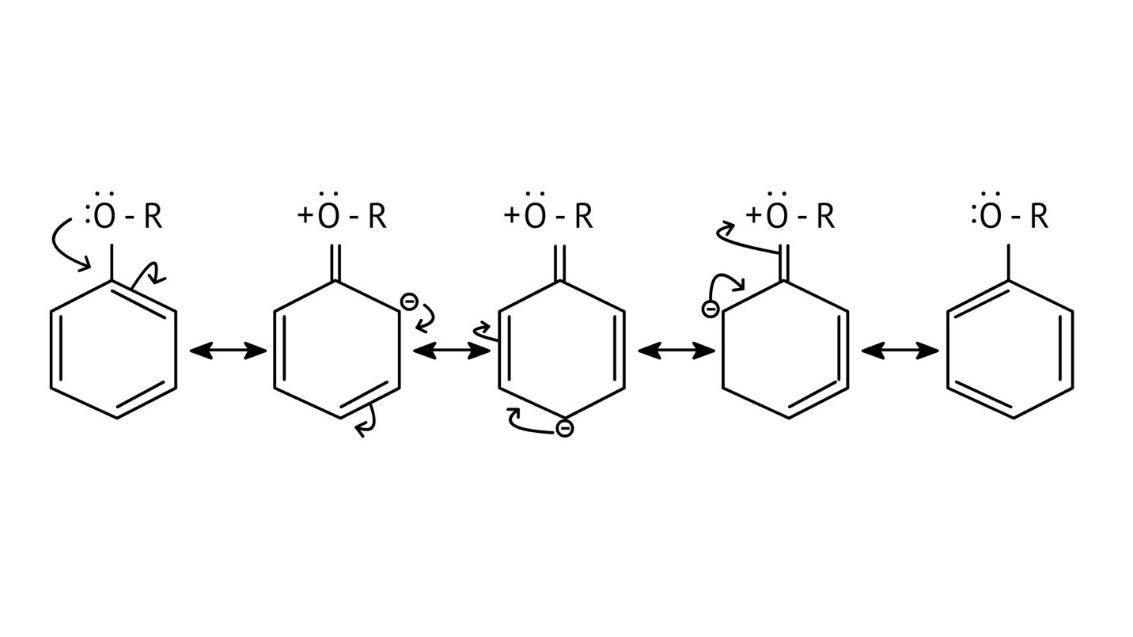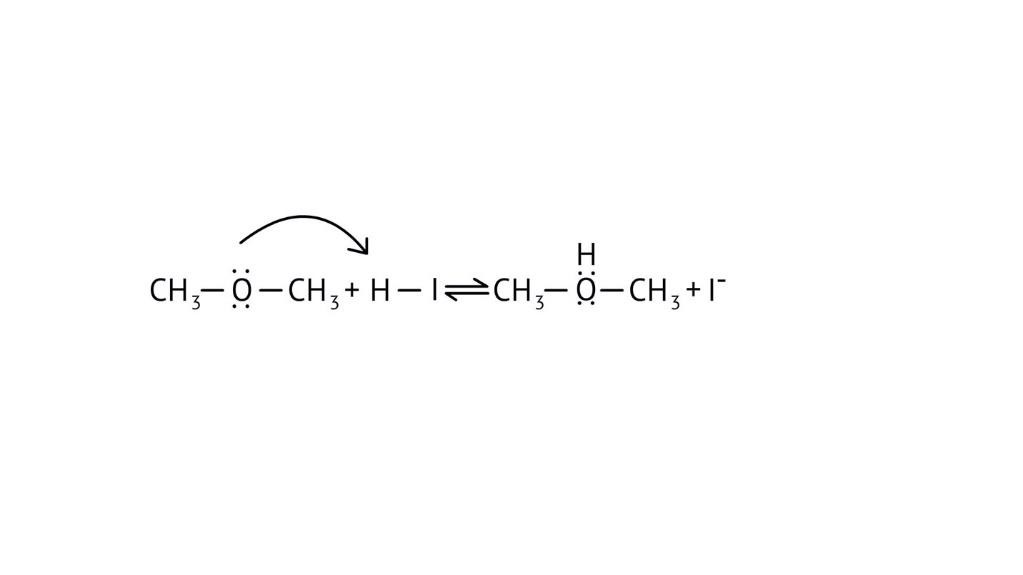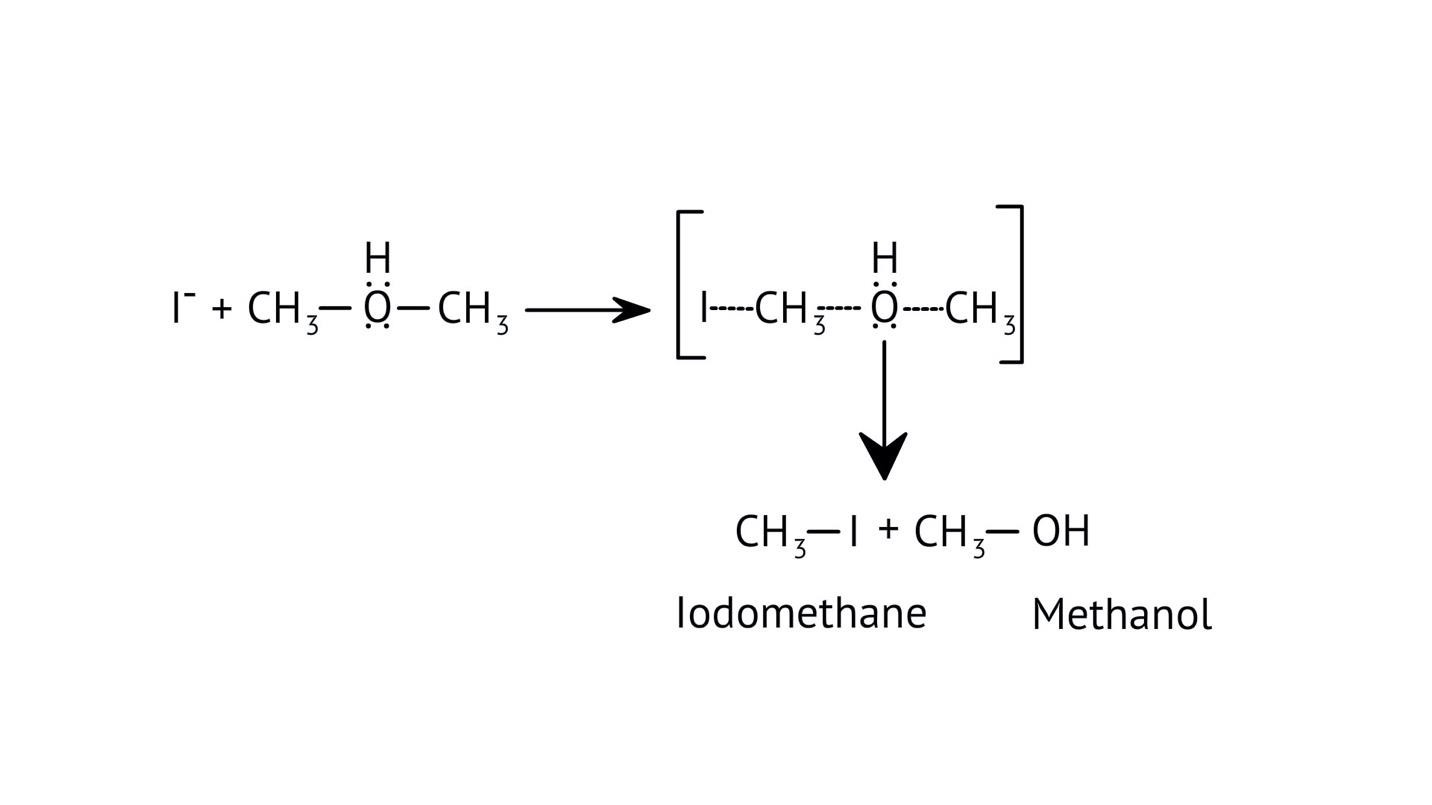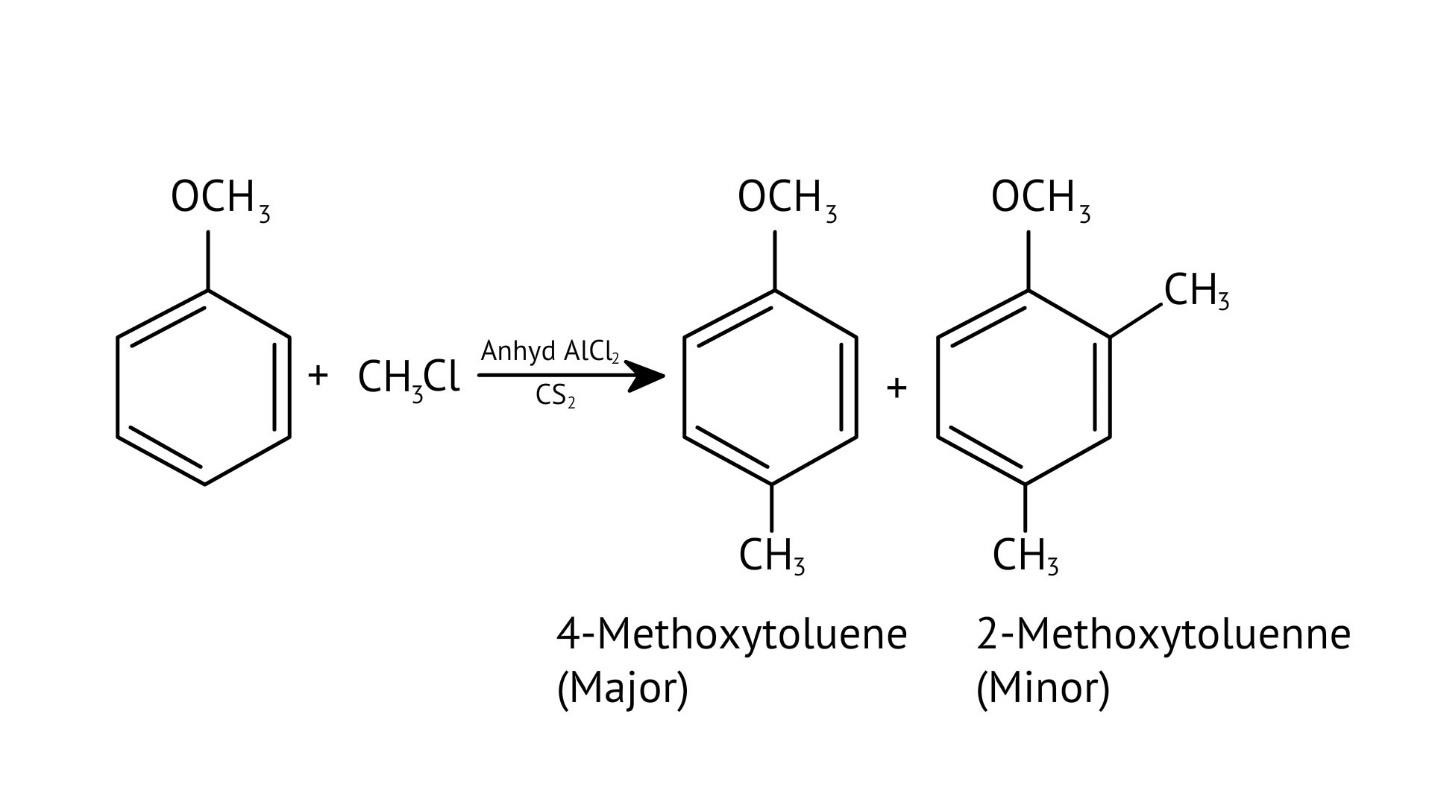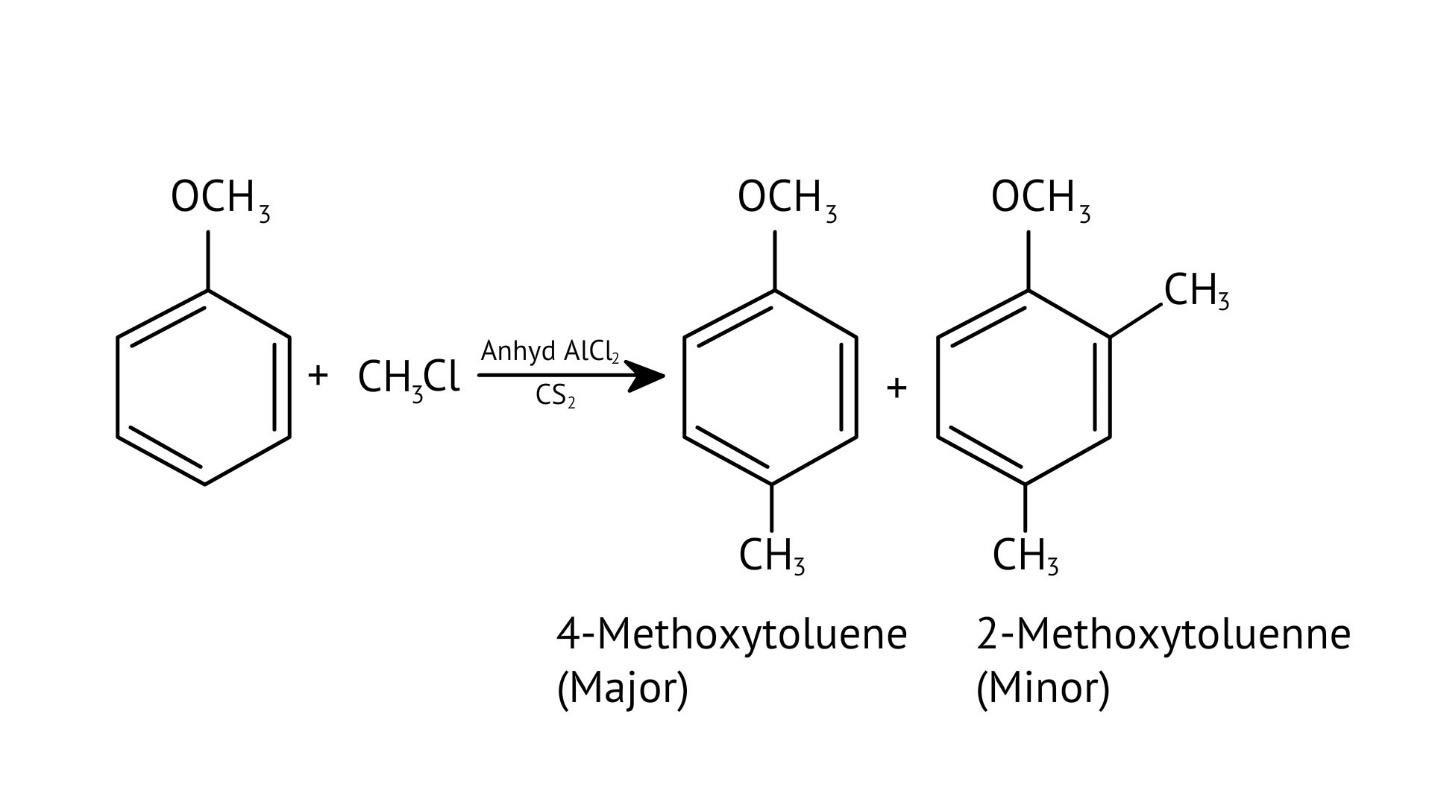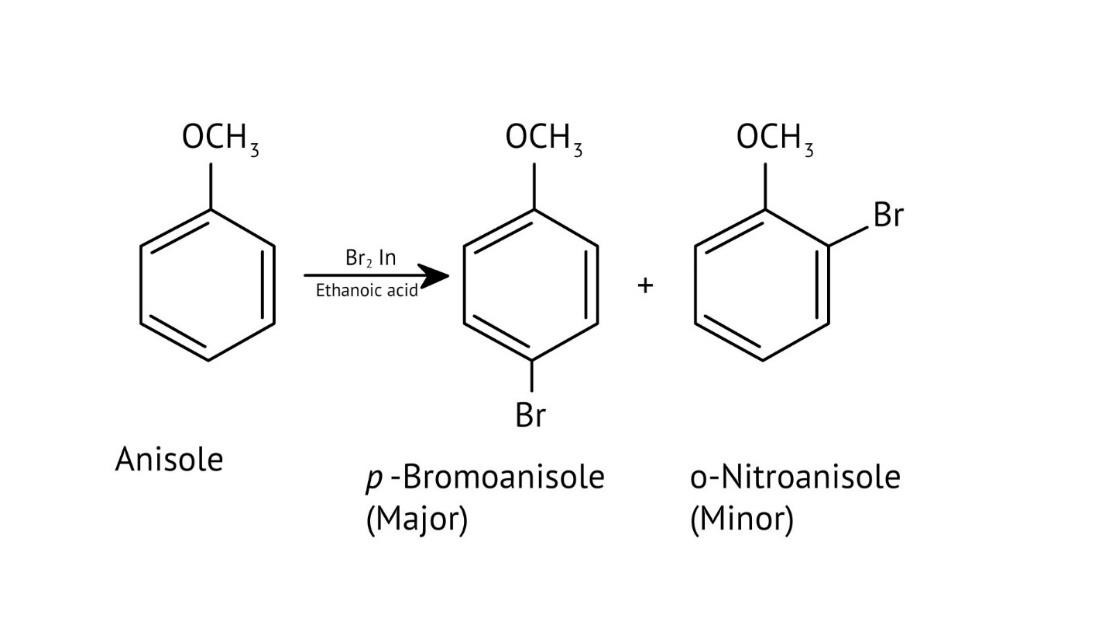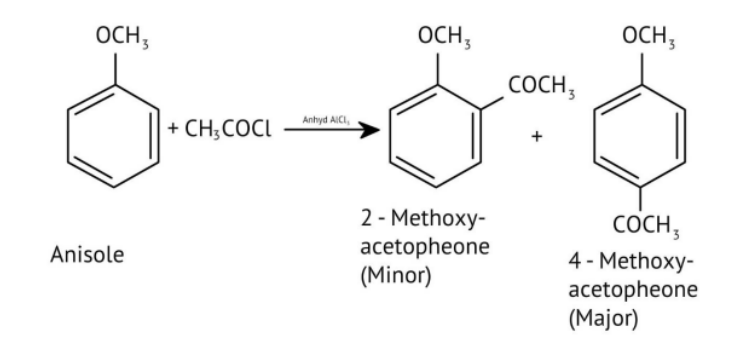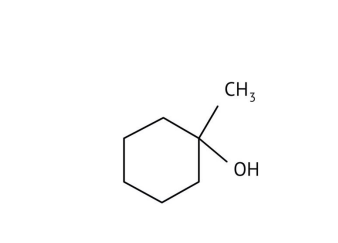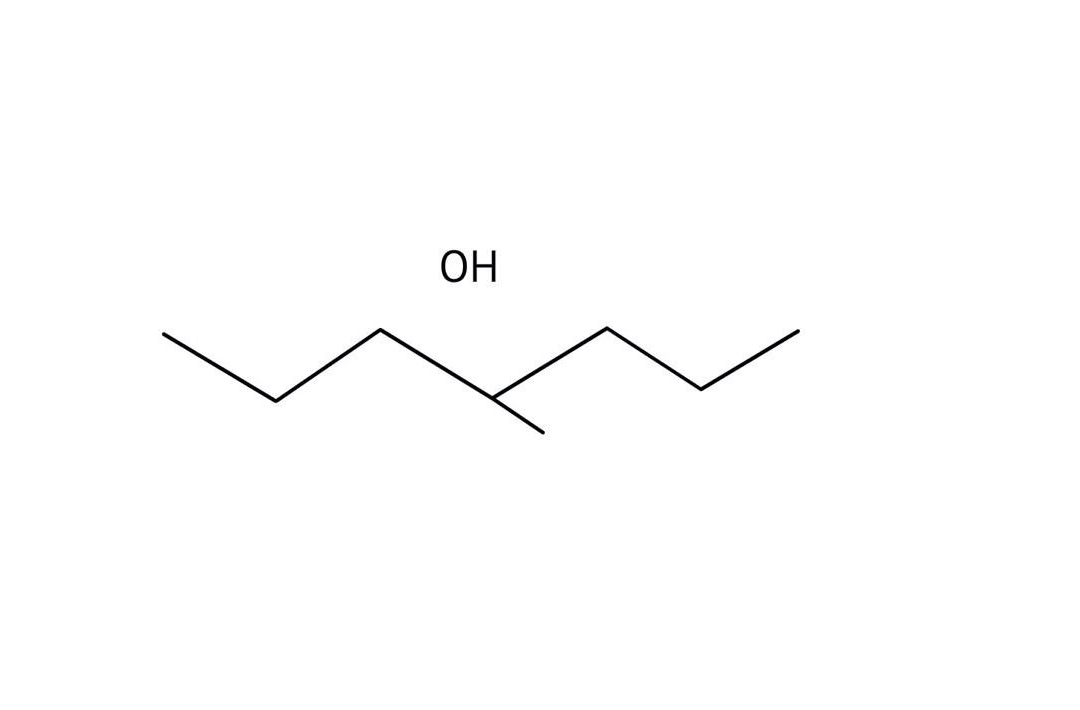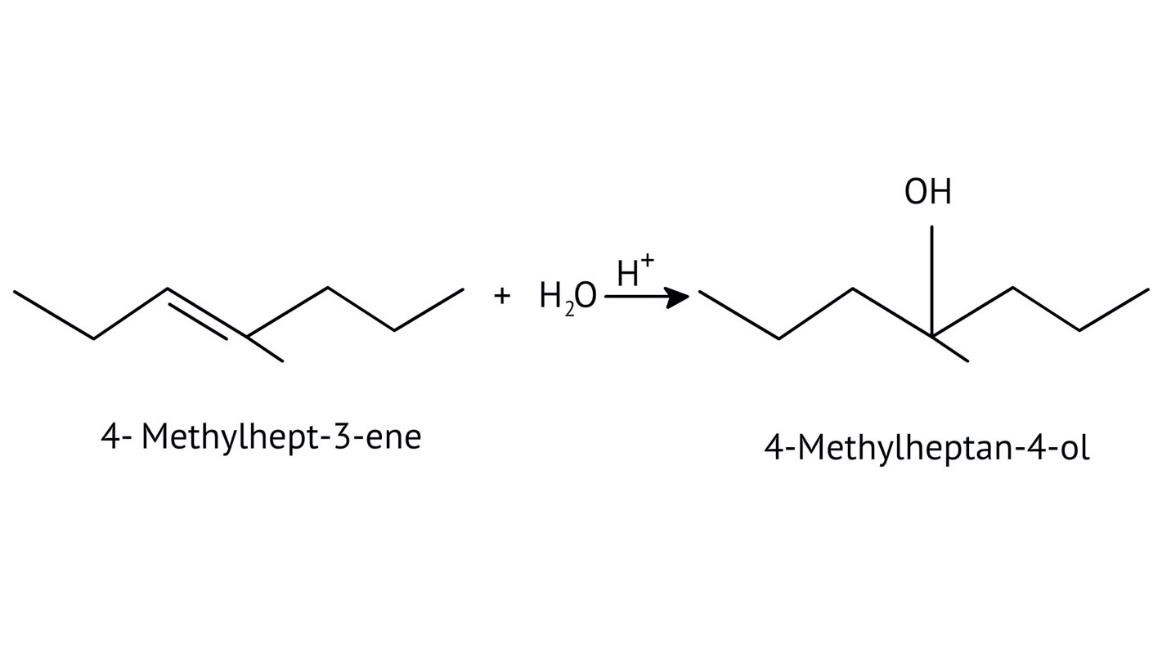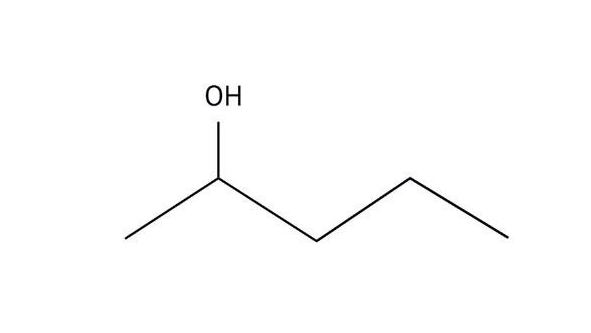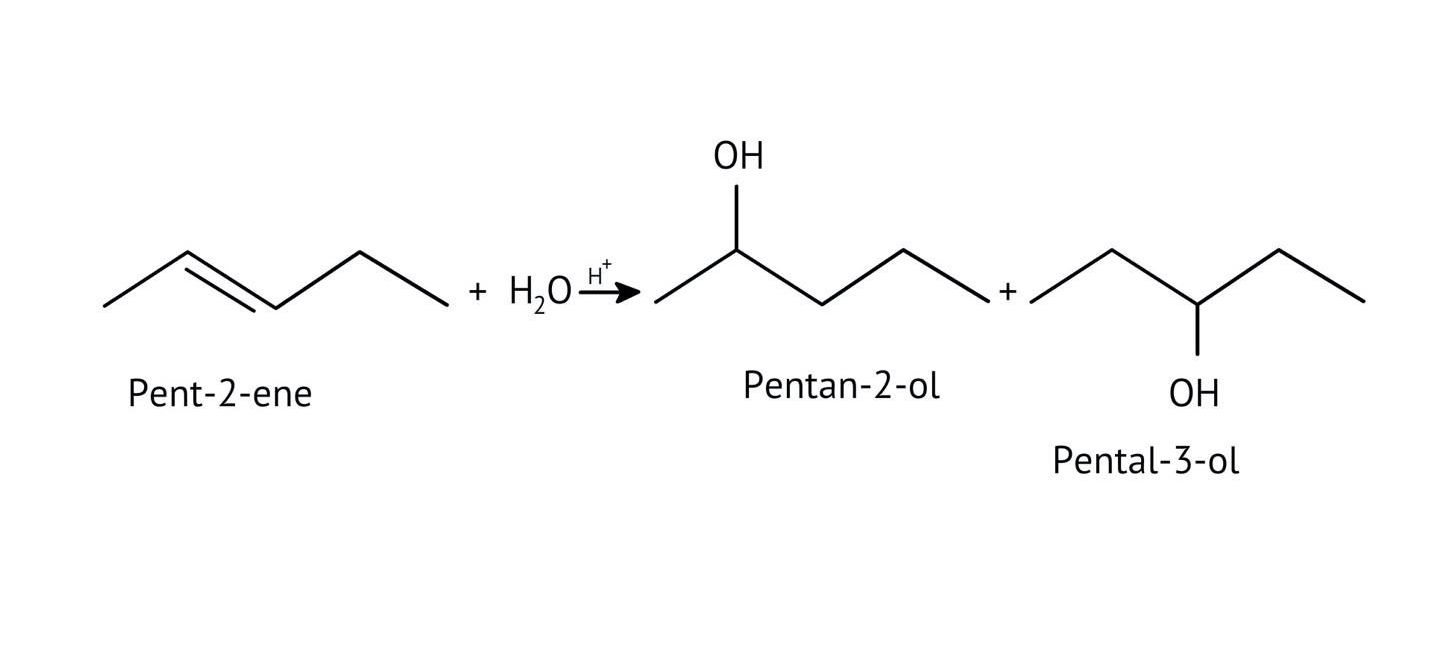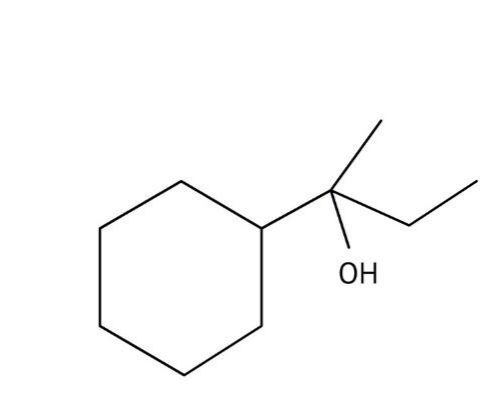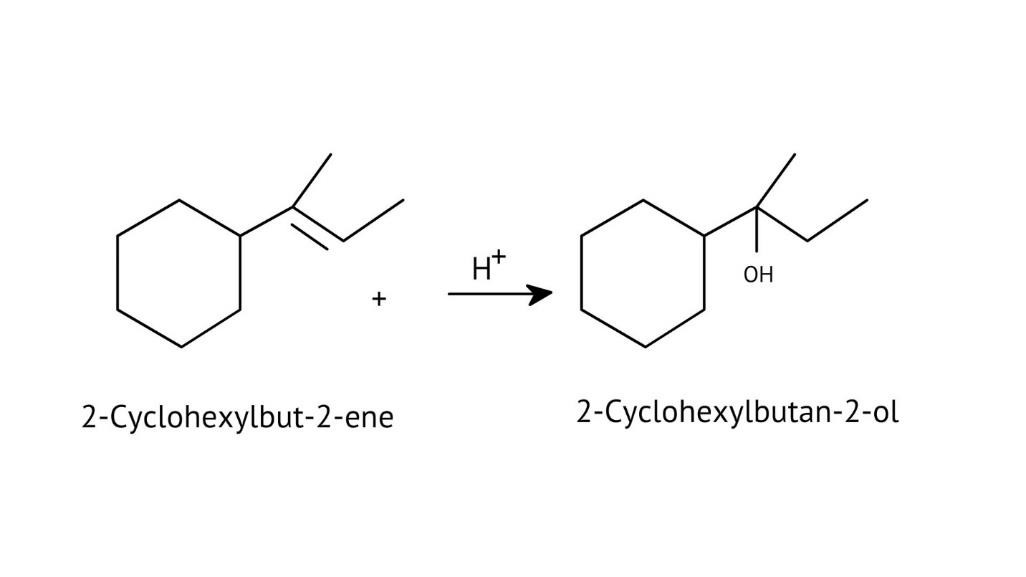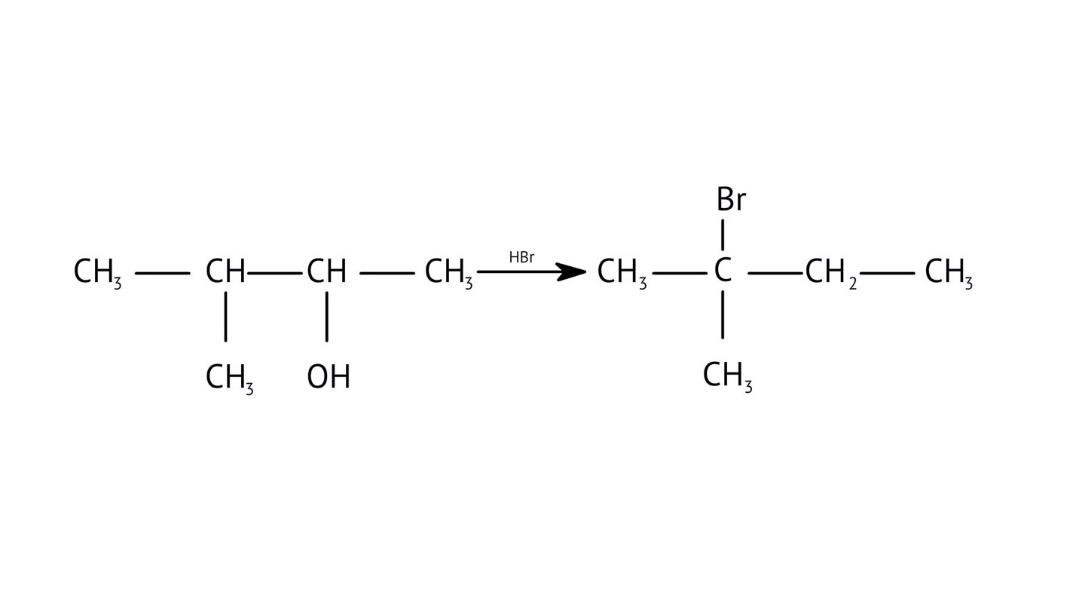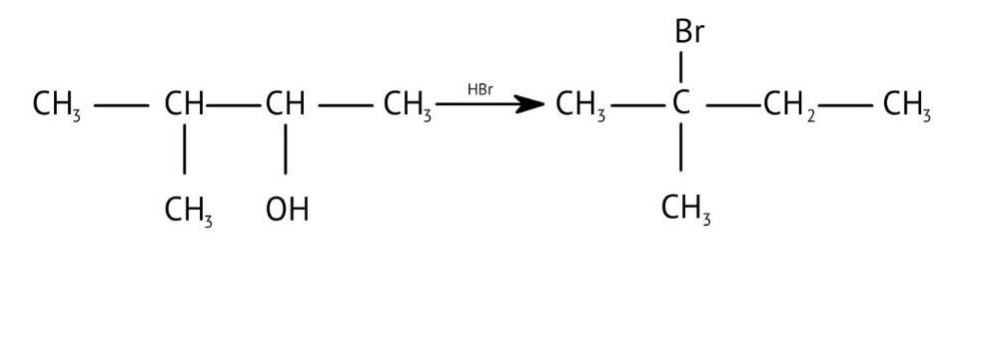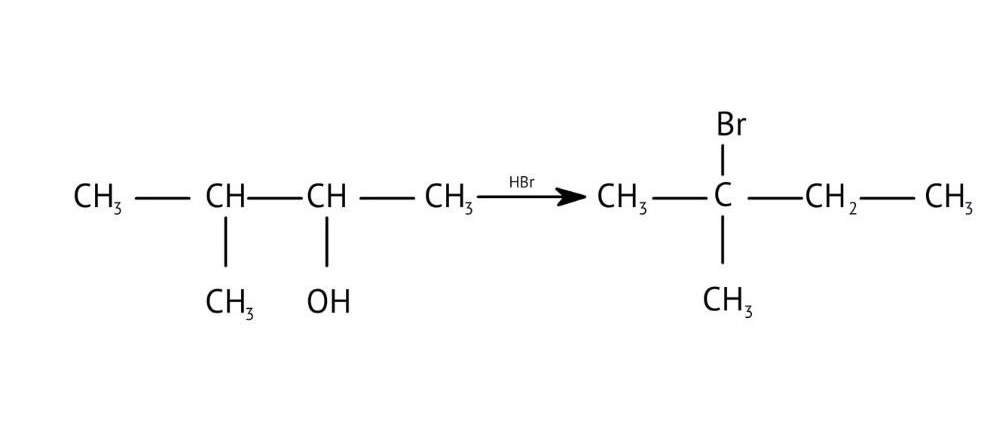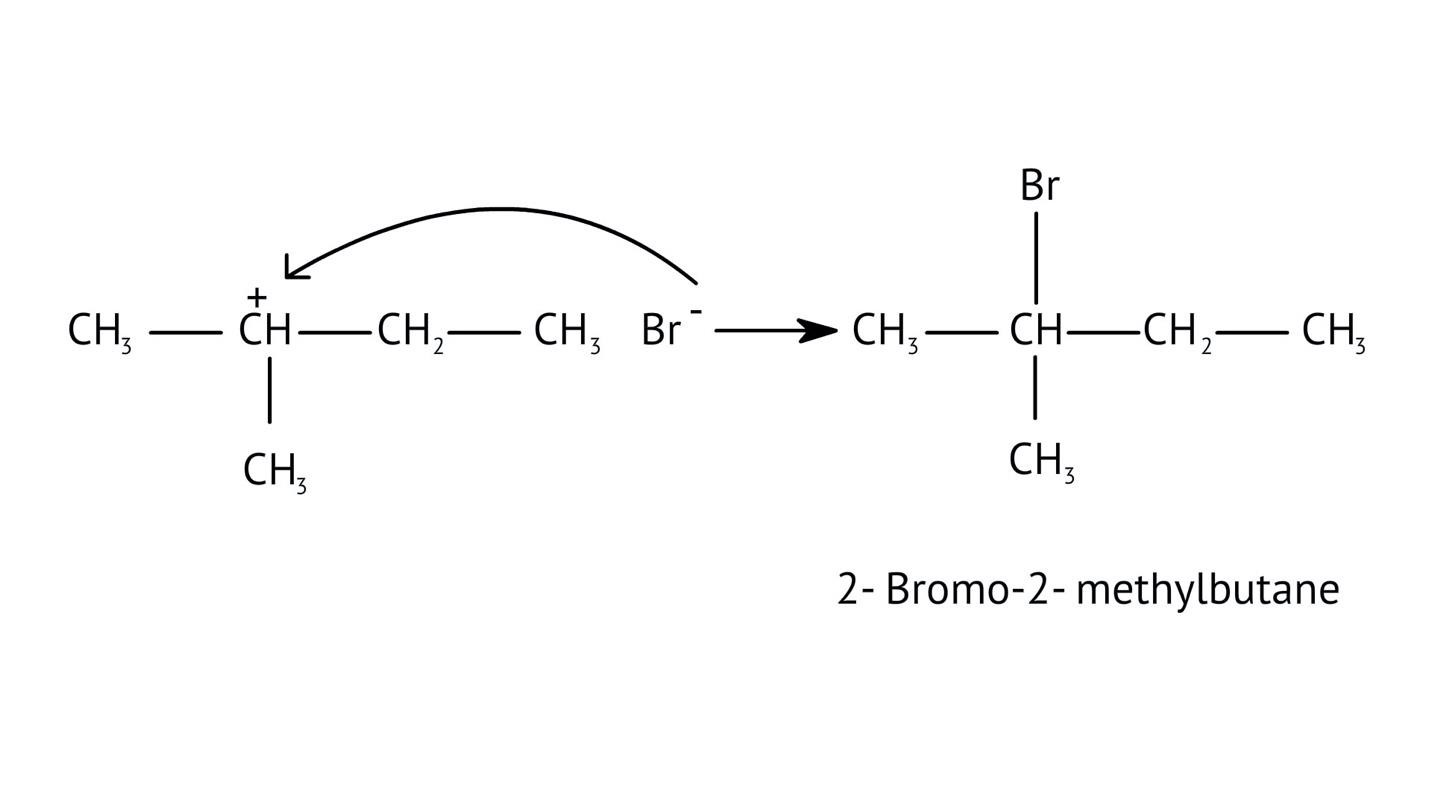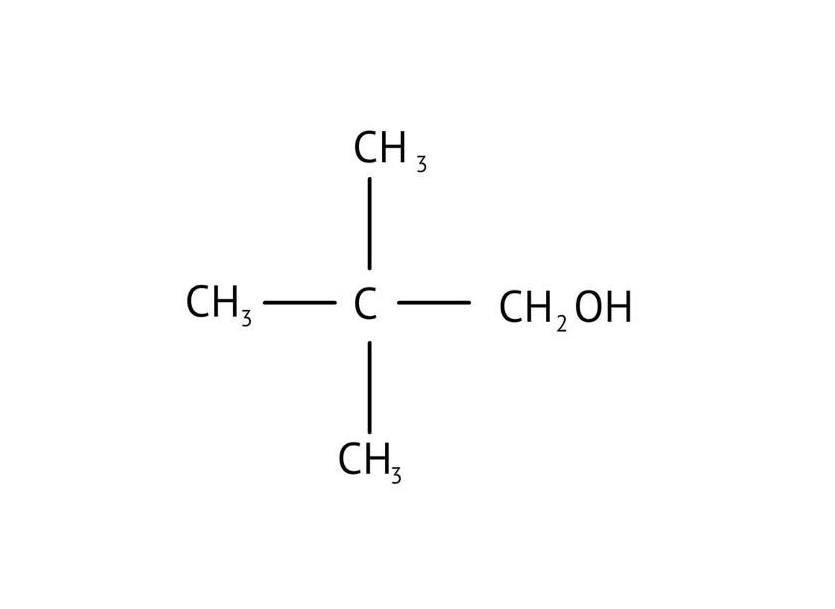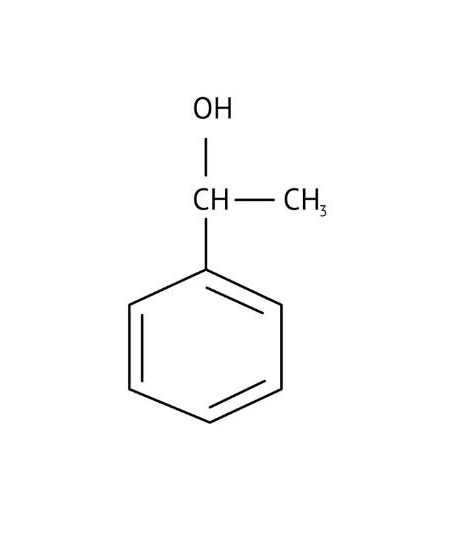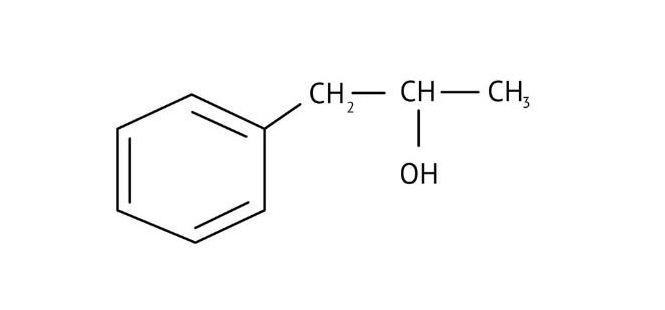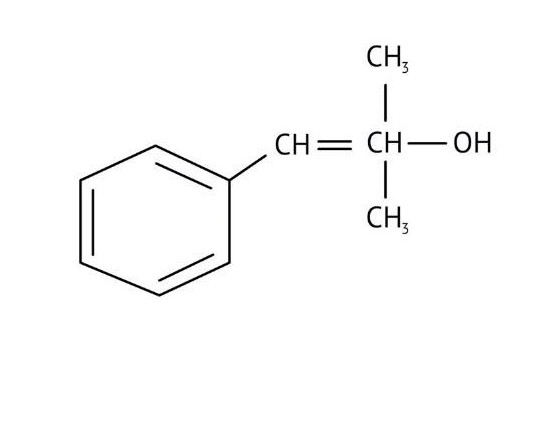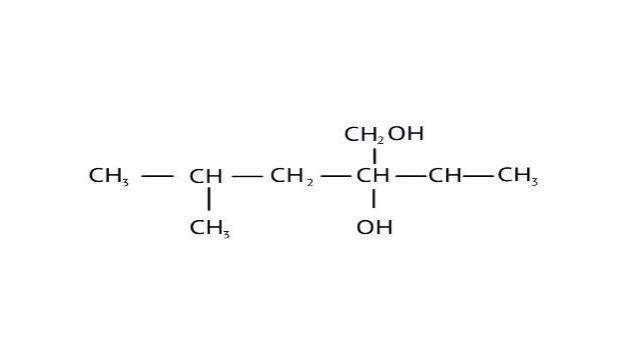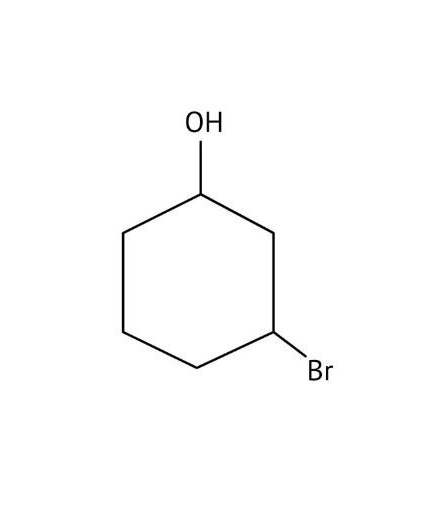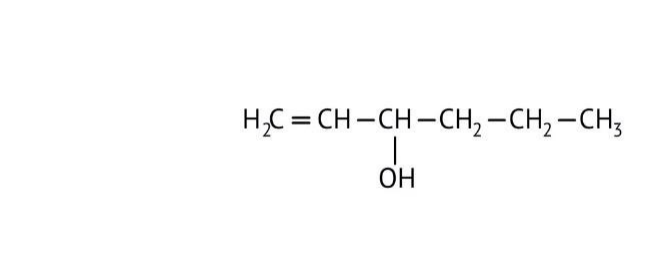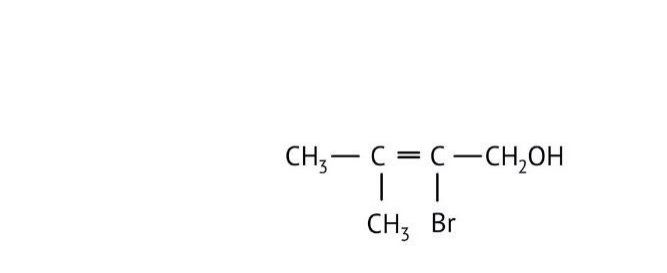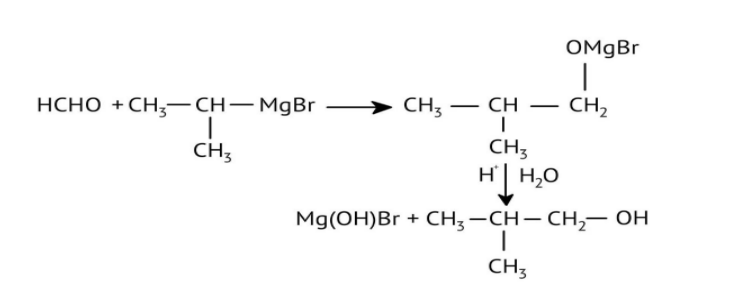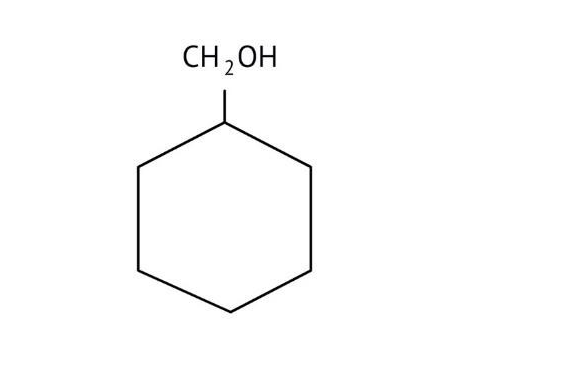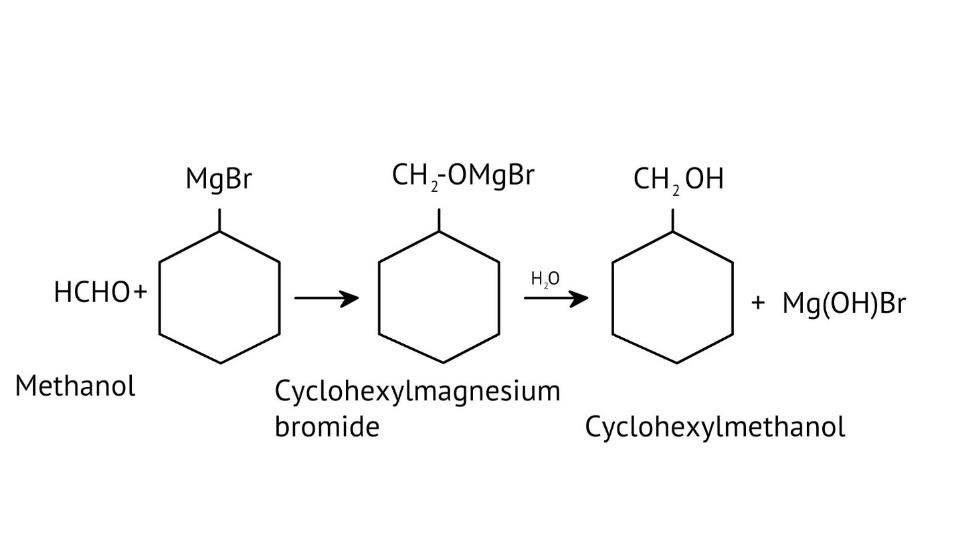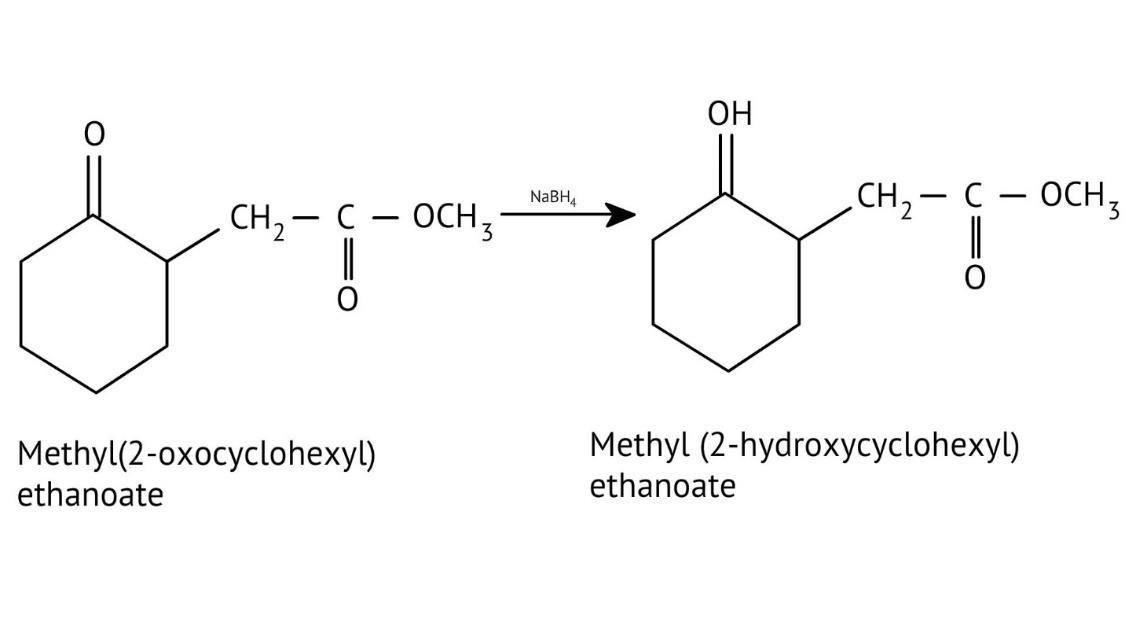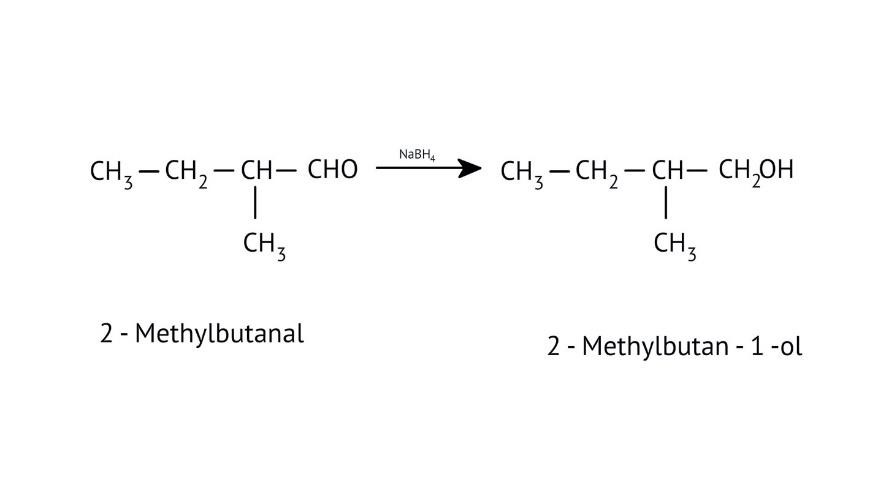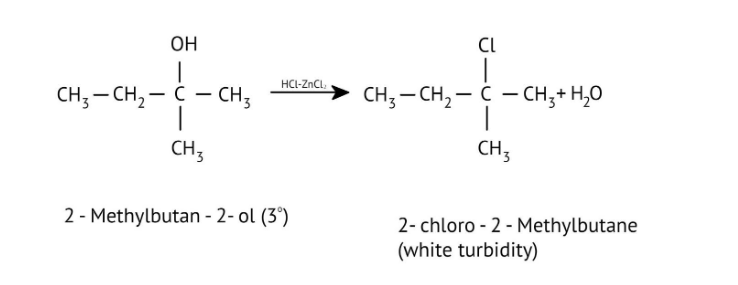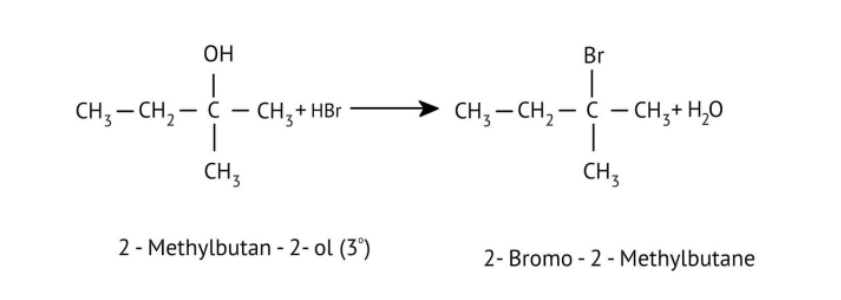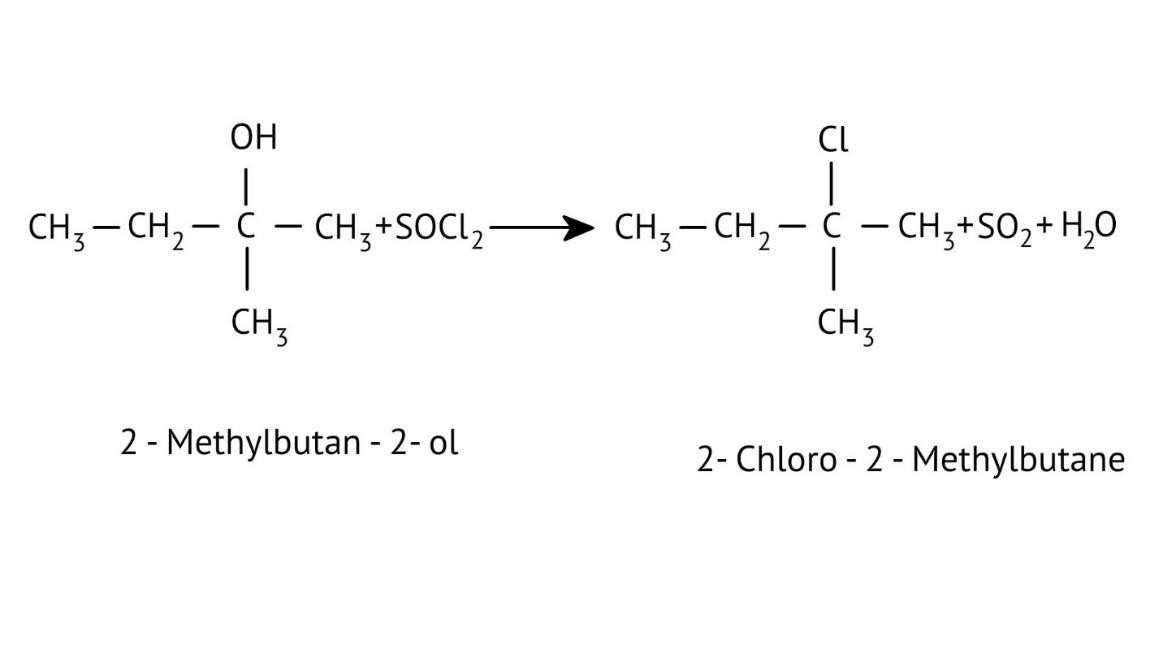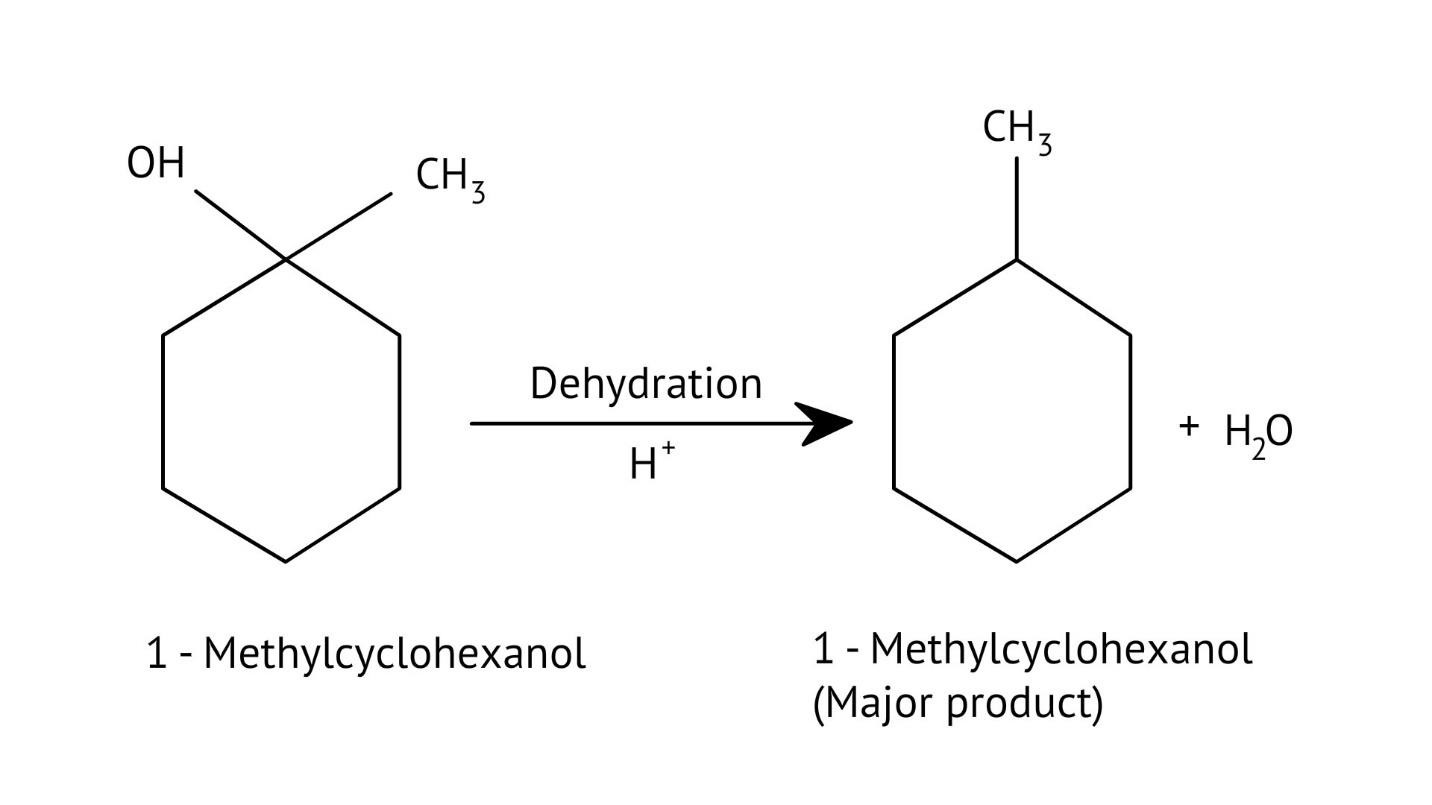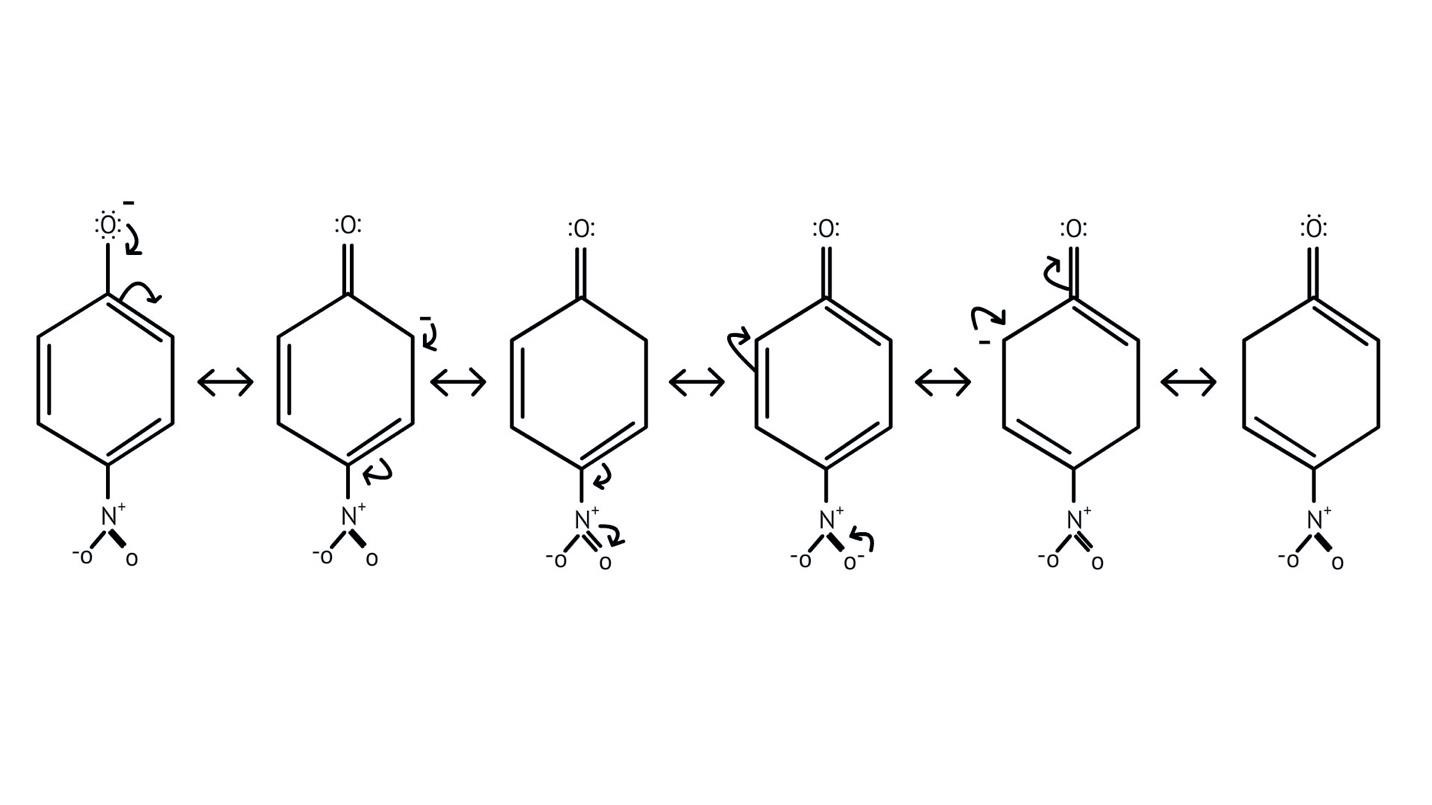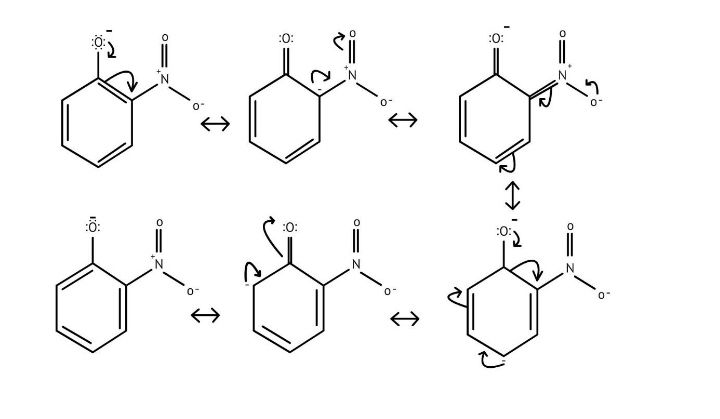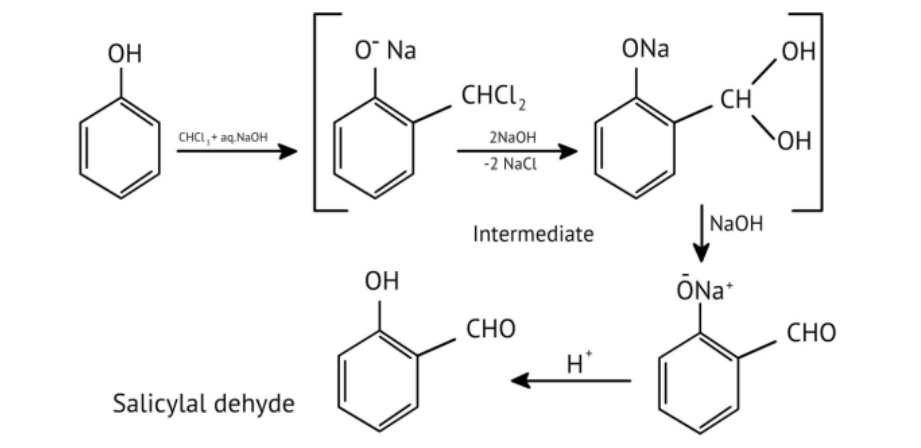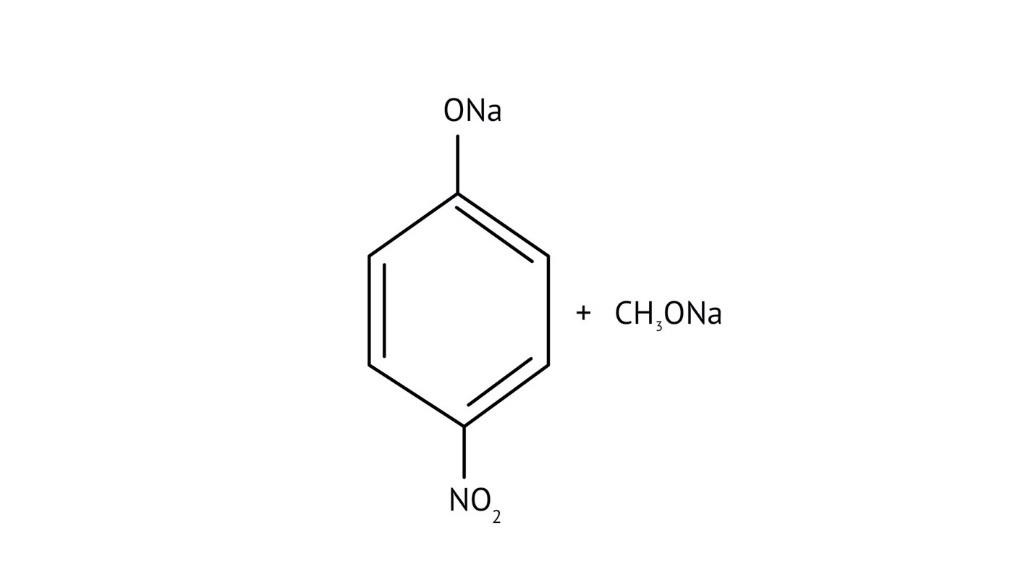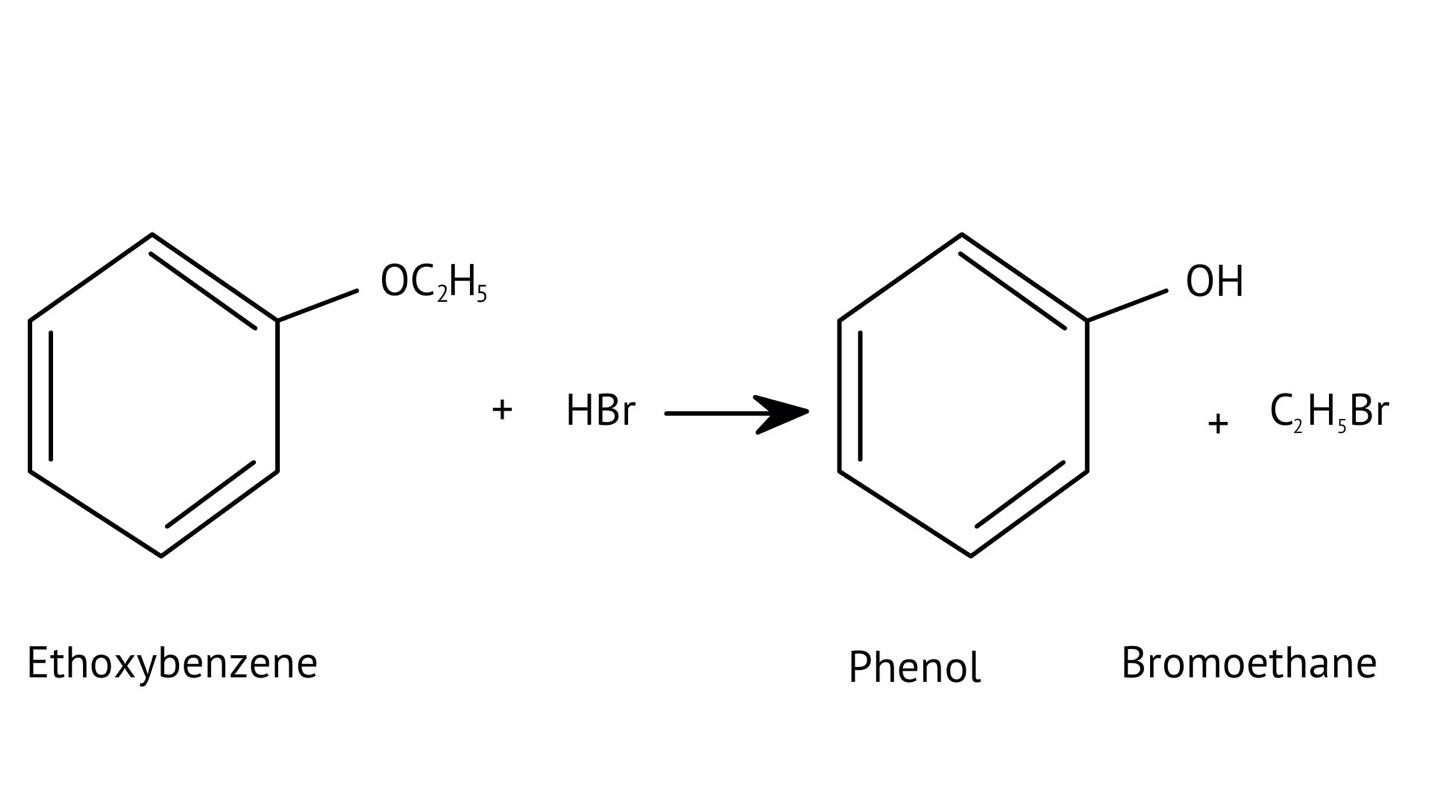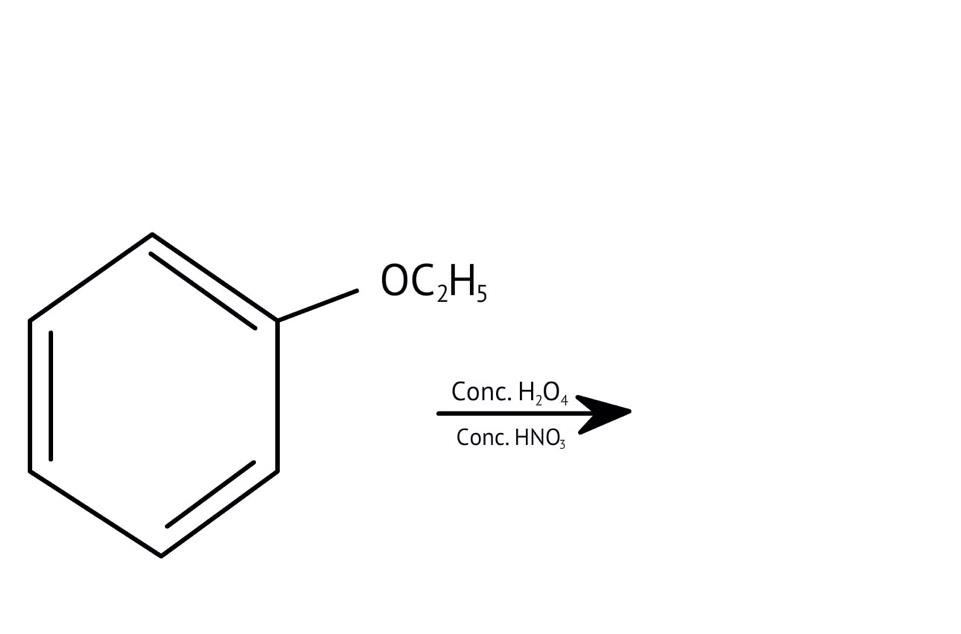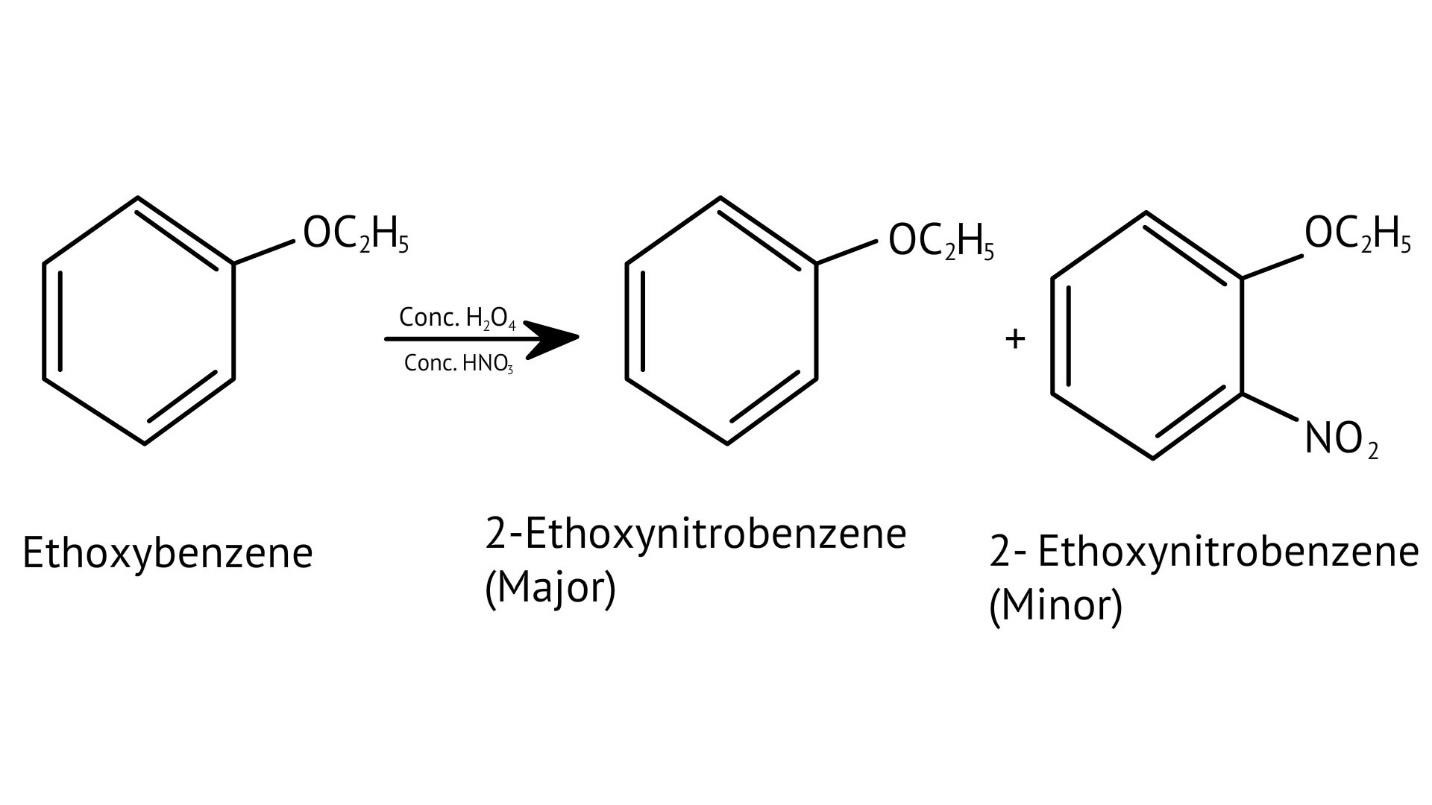Class 12 Chemistry Alcohol Phenol and Ether NCERT Solutions FREE PDF Download
FAQs on NCERT Solutions for Class 12 Chemistry Chapter 7 Alcohol Phenol and Ether
1. How can I Prepare for Class 12 Alcohols Phenols and Ethers NCERT Solutions in Chemistry?
To prepare for chapter 11 Chemistry, the students must understand critical concepts related to IUPAC names and structures. Also, a detailed understanding of the classification of compounds must be done systematically. The NCERT solutions for class 12 Chemistry Alcohol, Phenol, and Ether come with a detailed illustration of Mono, Dri, Tri, or Polyhydric alcohol classification. The students also need to learn about the preparation of alcohols, preparation of phenols, and preparation of ethers. Structural or functional groups as well as physical properties.
2. How Helpful is the NCERT Class 12 Chapter 11 Chemistry Solution PDF?
The NCERT Solutions for Class 12 Chemistry Alcohols, Phenols, and Ethers on Vedantu are extremely helpful for students preparing for the 12th board exams. All major topics related to physical properties, chemical reactions, structural and functional groups, Mono, di, tri, polyhydric alcohol, Mono, di, tri, trihybrid phenol are discussed in detail. The Solutions cover both short answer and very short answer questions. Solutions are also provided for the in-text questions.
All the answers are provided by expert teachers in chemistry strictly adhering to CBSE question pattern. The Class 12 Chemistry NCERT Solutions chapter Alcohols, Phenols, and Ethers are just like a handbook that can be easily downloaded by the students and accessed for quick help for addressing their doubts on these topics.
3. Is Class 12 Chemistry Chapter 11 easy?
Chemistry is fun if you can get hold of the tricks. If you do not grasp the topics and tricks well, things could get tricky and confusing since there are many exceptions and multiple rules. The syllabus of alcohols, phenols and ethers is vast and it is easy to get lost in the exceptions and reactions. Hence you must understand the logic and chemical process behind any reaction rather than simply mugging up all the reactions. Practice will make the subject easy.
4. Are Methylated spirits harmful?
Methylated spirits preparations have high ethanol concentrations, generally over 90%, and this, along with the additives, implies you shouldn't use this sort of alcohol on your skin. Because methylated spirit is flammable, it should be handled with extreme caution and follow all safety precautions. When used as a disinfectant to treat wounds, the contaminated methylated spirit can cause death and cancer, according to specialists. To know more about alcohols and phenols students can access the study material available on the vedantu app and the website.
5. Where can I get the Alcohols Phenols and Ethers class 12 NCERT Solutions?
The solutions are available free of cost on the Vedantu site.
Visit the page-NCERT Solutions for Class 12 Chemistry
Choose Chapter 11 next
The web page with Vedantu’s solutions for Class 12 Chemistry Chapter 11 will open.
To download the PDF, click on the Download PDF button and you can view the solutions offline.
6. What do you mean by alcohol in Alcohol Phenol and ether class 12 NCERT Solutions?
A family of organic compounds that include one or more hydroxyl (OH) groups linked to an alkyl group's carbon atom (hydrocarbon chain) is alcohols. Aldehydes and ketones react with Grignard reagents to generate alcohols. The first step in the reaction is the nucleophilic addition of the Grignard reagent to the carbonyl group to create an adduct. Alcohol is produced by hydrolyzing the adduct.
7. What do you mean by denatured alcohol?
Denatured alcohol is ethyl alcohol that has been tainted with things like methanol, pyridine, copper sulphate, and other things that aren't edible. Ethyl alcohol is utilised in the production of organic chemicals such as ether, chloroform, and iodoform. Ethanol is a crucial chemical in human life. It is available to industries at a reduced cost. To avoid abuse, it is thereby rendered unsuitable for drinking.
8. What is the reason for alcohol Phenol ether NCERT Solutions?
The reason for alcohol, phenol, and ether, according to NCERT solutions, lies in their chemical properties and reactions elucidated in Chapter 7 of Class 12 Chemistry.
9. What is the most important reaction of alcohol, phenol and ether?
The most crucial reaction of alcohol, phenol, and ether elucidated in NCERT solutions is their substitution reactions, revealing their reactivity and versatility.
10. What are the two uses of alcohol, phenol and ether?
The uses of alcohol, phenol, and ether encompass medicinal applications such as antiseptics and disinfectants, as well as industrial purposes like solvents and intermediates in organic synthesis.
11. What is the important test for alcohol, phenols, and ethers?
The important test in NCERT solutions class 12 chemistry alcohol Phenol ether often involves the Lucas test for alcohols, tests like the ferric chloride test for phenols, and the Lucas test or Williamson synthesis for ethers.
























